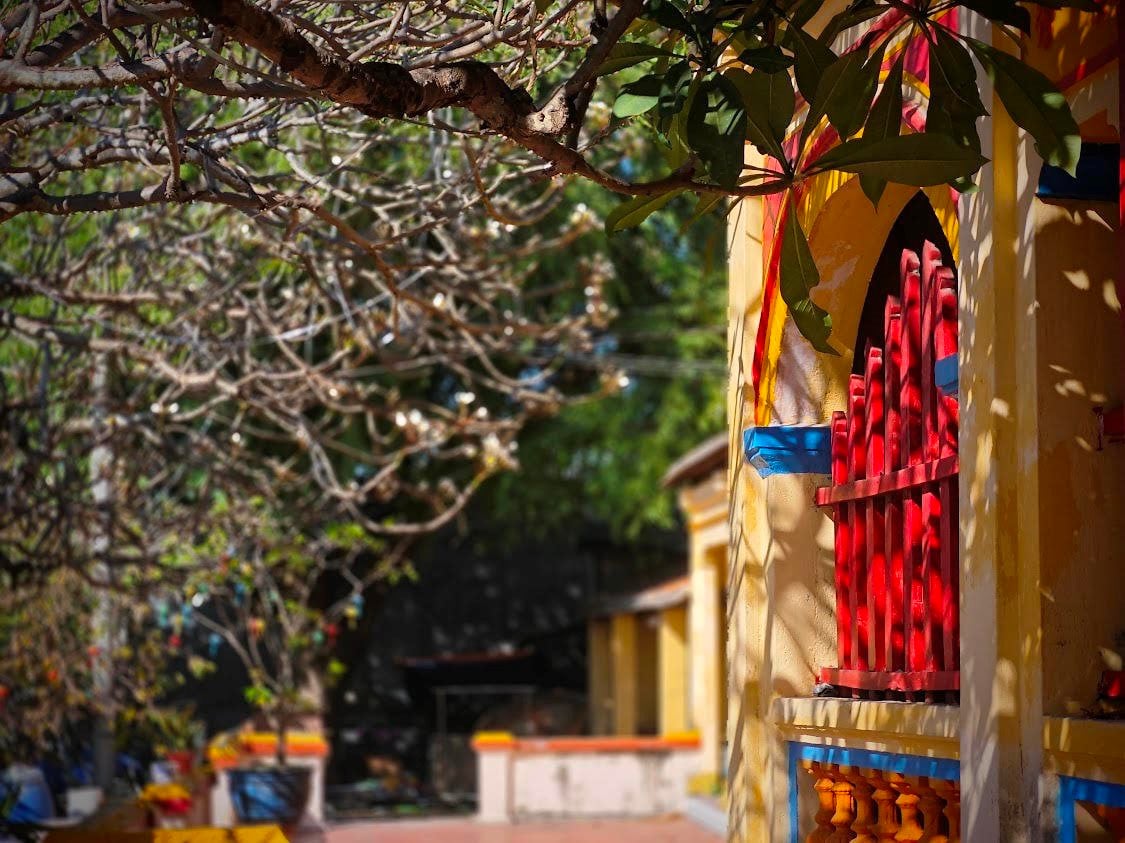
Each locality and each ethnic community in the province has its own types of relics and scenic spots containing its own core and quintessential values in preserving and promoting the value of relics, promoting the effectiveness of grassroots cultural institutions, and is a way to preserve traditional culture.
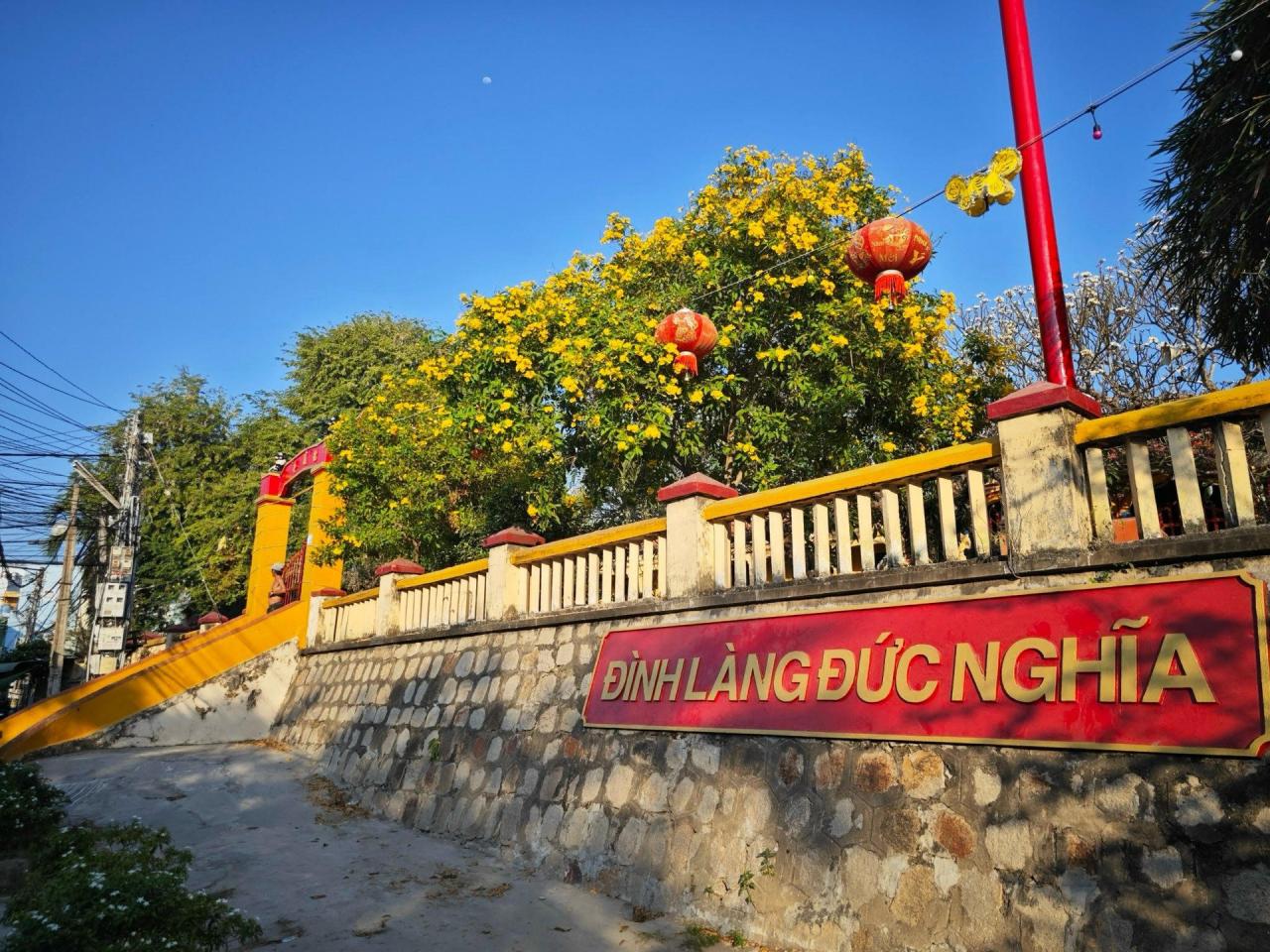
Cultural value resources
Mr. Nguyen Chi Phu - Head of the Department of Culture and Family Management, said: The whole province has more than 300 historical - cultural relics and scenic spots. The whole province currently has 28 relics ranked at the national level and 49 relics ranked at the provincial level. This is an important legal basis for managing, preserving and conserving the historical, cultural and architectural values of the relics in a sustainable manner, avoiding the risk of encroachment and gradual loss of traditional cultural values; as well as effectively exploiting and promoting the values of the relics to serve tourism development in a reasonable, scientific and sustainable manner.
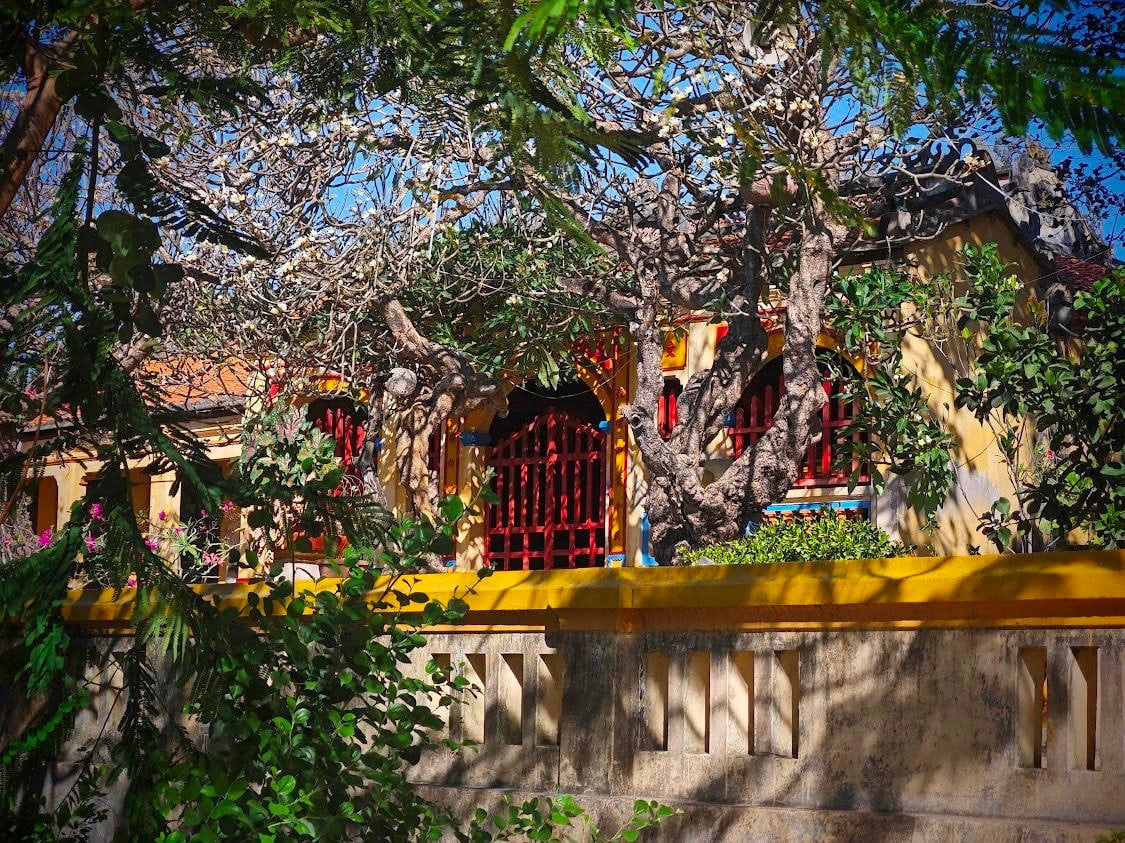
2023 is a milestone for the good implementation of the work of preserving and promoting the value of relics in the province. In 2023, a scientific dossier was developed to submit to the Provincial People's Committee for ranking 3 provincial-level relics, including: The historical and revolutionary relic of the Doi Lo O Resistance Base, Sung Nhon commune; the historical and revolutionary relic of the Victory of Xom Muoi Nha, Me Pu commune, Duc Linh district; the historical and cultural relic of the Memorial House of General Secretary Le Duan, Binh Thanh commune, Tuy Phong district. At the same time, the conservation, restoration and embellishment of the following relics: The relic site of the Binh Thuan Provincial Party Committee Base during the resistance war against the US in Dong Giang commune, Ham Thuan Bac district was ranked as a provincial-level relic by the Provincial People's Committee in 2017; Construction started on January 15, 2021, completed and put into use on February 2, 2023, contributing to the restoration and preservation of the original elements of the relic associated with a historical period of the Binh Thuan Provincial Party Committee, while promoting the values of the relic to educate revolutionary traditions for today's and future generations.
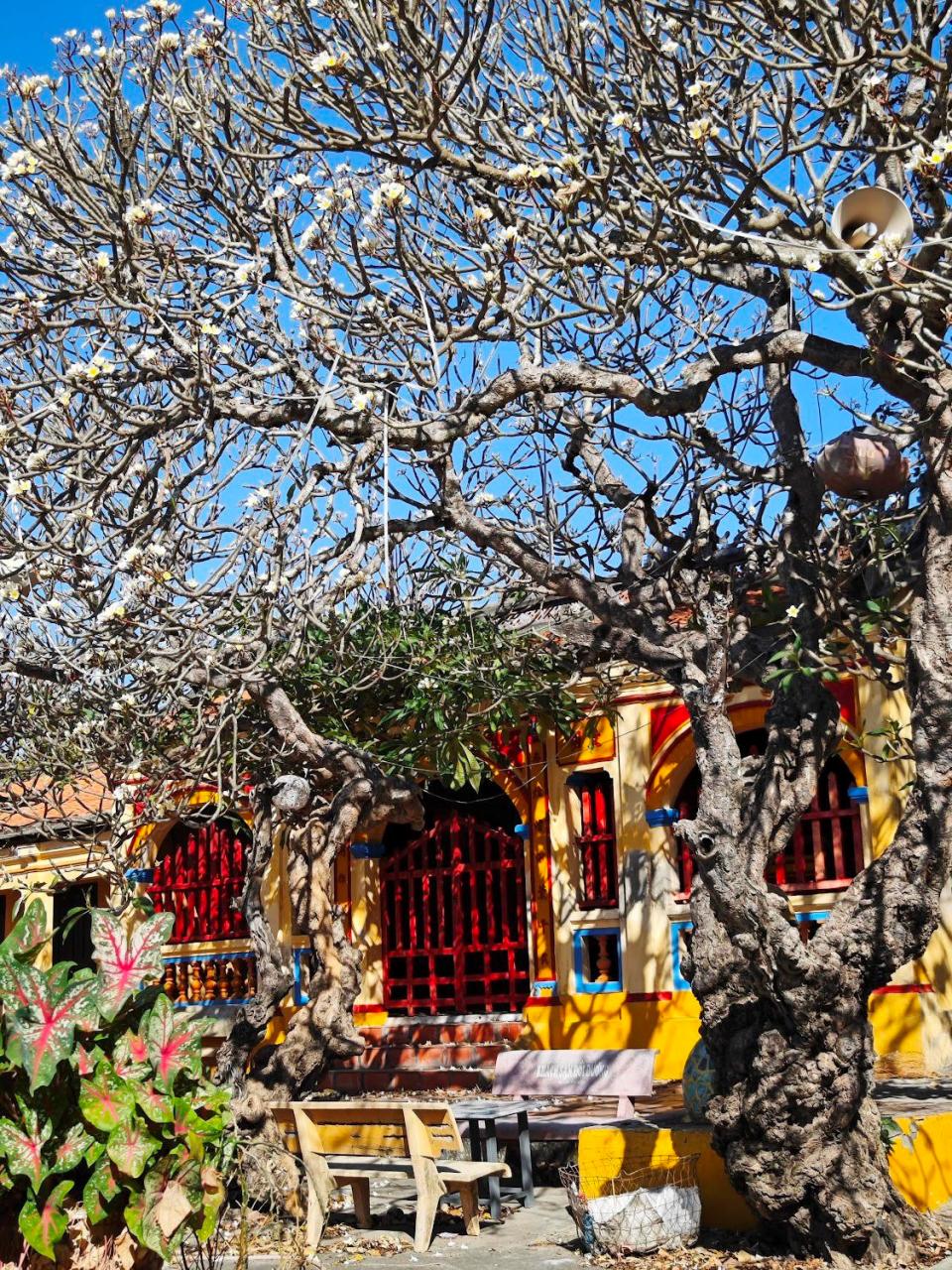
2023 is also the year to focus on medium-term investment capital for the period 2021 - 2025, renovating and embellishing relics such as: Thay Sai Nai Temple, Ngu Phung Commune, renovated and embellished with a total cost of 2,998 billion VND; Van Thach Long, Mui Ne Ward, renovated and embellished with a cost of 2,493 billion VND... From the capital source of the National Target Program for Socio-Economic Development of Ethnic Minorities and Mountainous Areas, the renovation and degradation prevention of 2 national-level relics have been implemented: Po Nit Temple, Phan Hiep Commune (500 million VND) and Po Klong Moh Nai Temple, Luong Son Town, Bac Binh District (1,297 billion VND).
In particular, in 2023, relics such as Duc Thanh and Ho Chi Minh Museum - Binh Thuan Branch (receiving 165,718 visitors); Po Sah Inư Tower (163,250 visitors); Binh Thuan Provincial Party Committee Base (26,594 visitors); Thay Thim Palace (60,000 visitors), Thuy Tu Temple (14,231 visitors), Hon Cau scenic spot (12,026 visitors), Nui Pagoda scenic spot; Bau Trang scenic spot, Co Thach Pagoda relic cluster, Ca Duoc (Seven Colors) Rock Beach, Ong Nam Hai Tomb, Binh An communal house, Binh Thanh commune welcomed more than 1 million visitors... have been and are attracting a large number of domestic and foreign tourists.
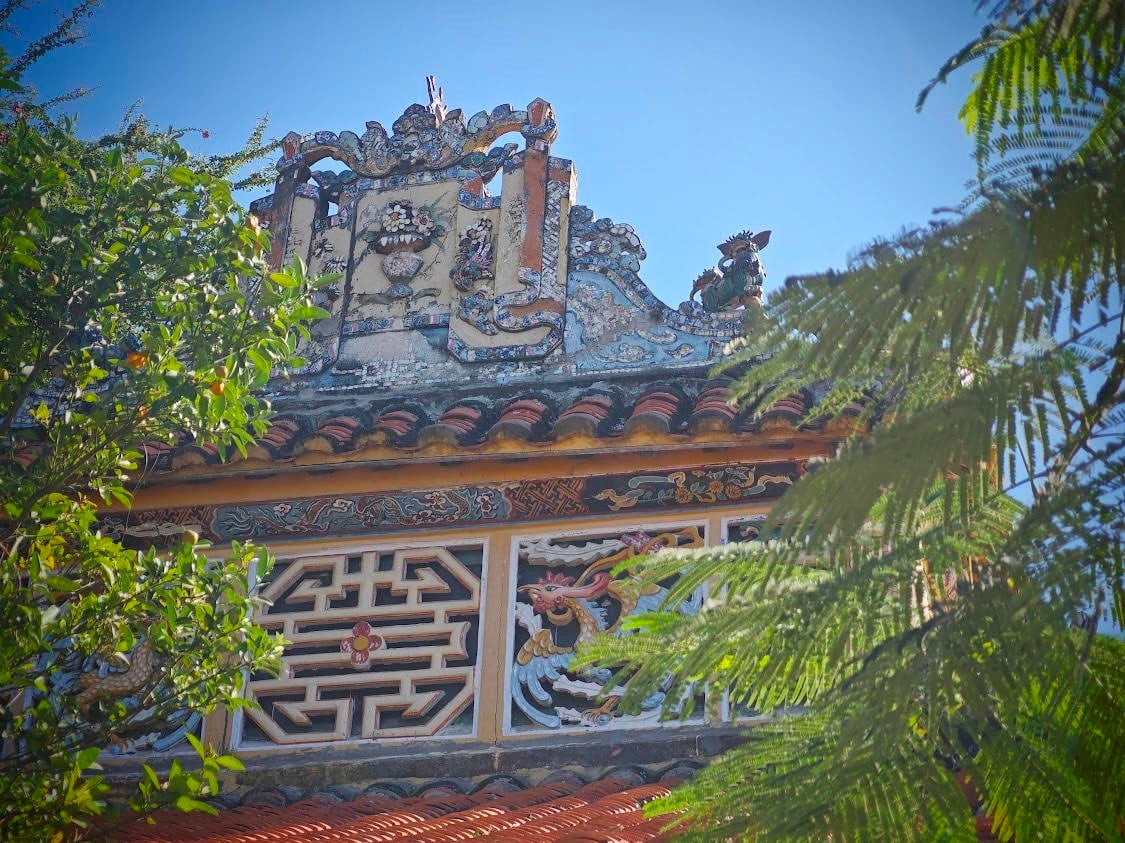
Solutions to promote the effectiveness of grassroots cultural institutions
Project “Investigation, survey, proposal of solutions for management, preservation and promotion of the value of historical and cultural relics in the province”. This project aims to implement solutions to manage, preserve, conserve and promote the value of relics to serve local tourism development, serving the spiritual and cultural needs of the people in the coming time to achieve efficiency, practicality and sustainability.
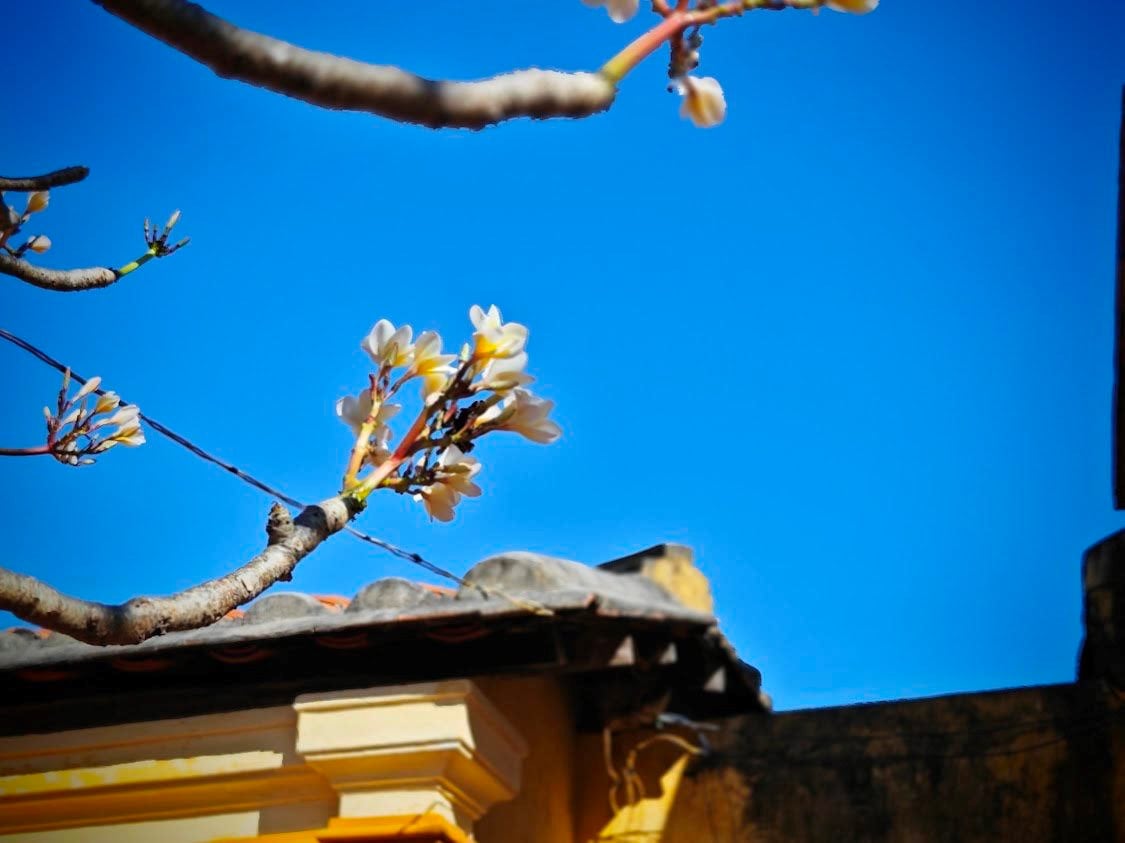
Solutions to promote the effectiveness of grassroots cultural institutions
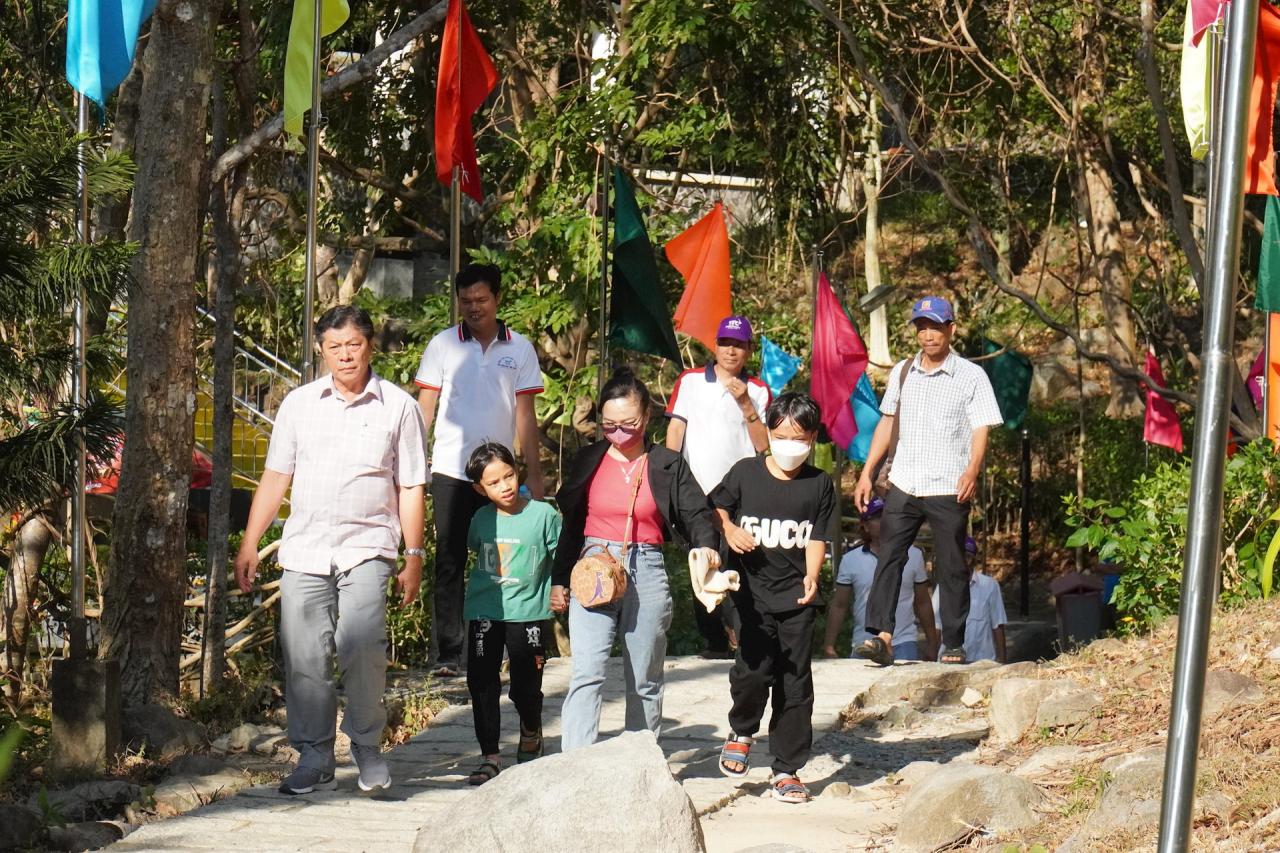
It must be acknowledged that the system of grassroots cultural institutions plays an important role and position in propagating the Party's guidelines and policies, the State's laws and organizing cultural - artistic, physical education and sports activities, contributing to building grassroots cultural life and preserving national cultural identity.
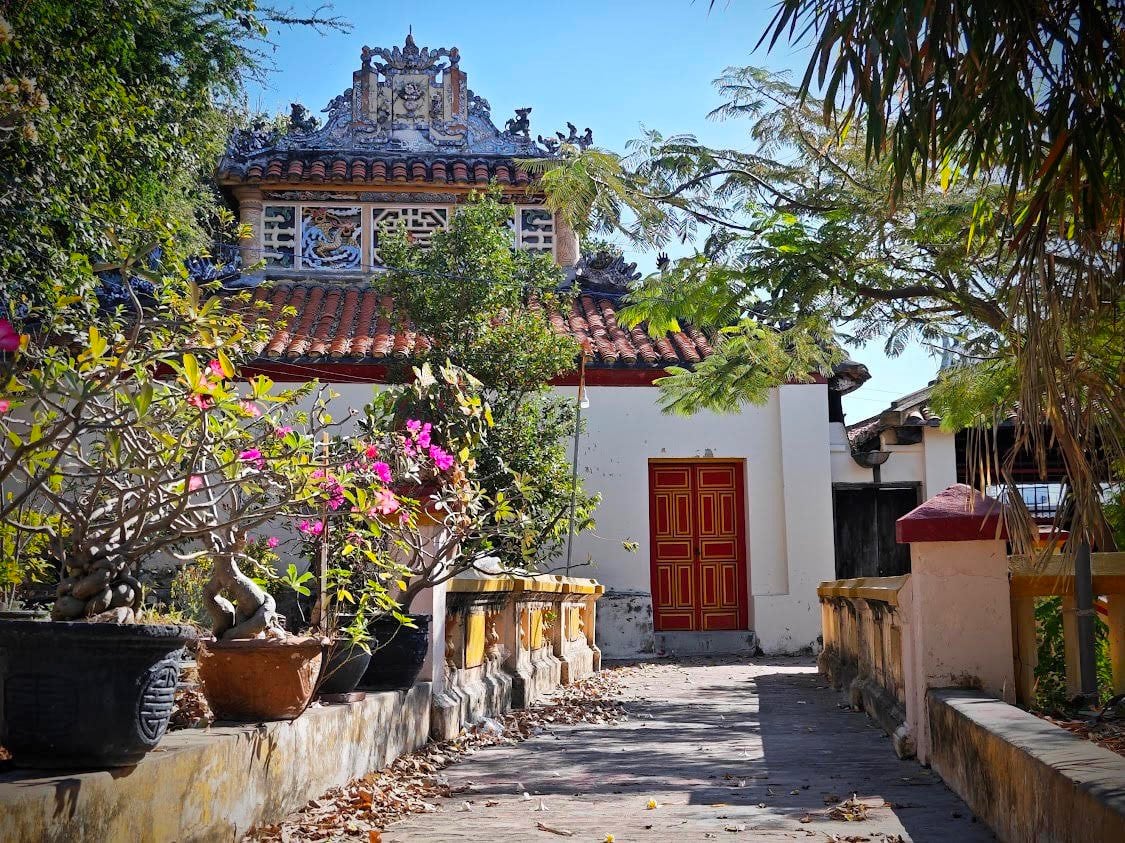
It is necessary to have a correct understanding of the position and role of culture, the importance of developing cultural and sports institutions in building a spiritual and cultural life at the grassroots level, and to replicate typical cultural, artistic and sports club models that are suitable for living conditions, customs, and target groups and ages. Review, develop policies and regulations, and arrange resources, human resources, and appropriate facilities to promote advantages and strengths in order to create a healthy, regular, useful, practical, and effective living environment at the grassroots level.
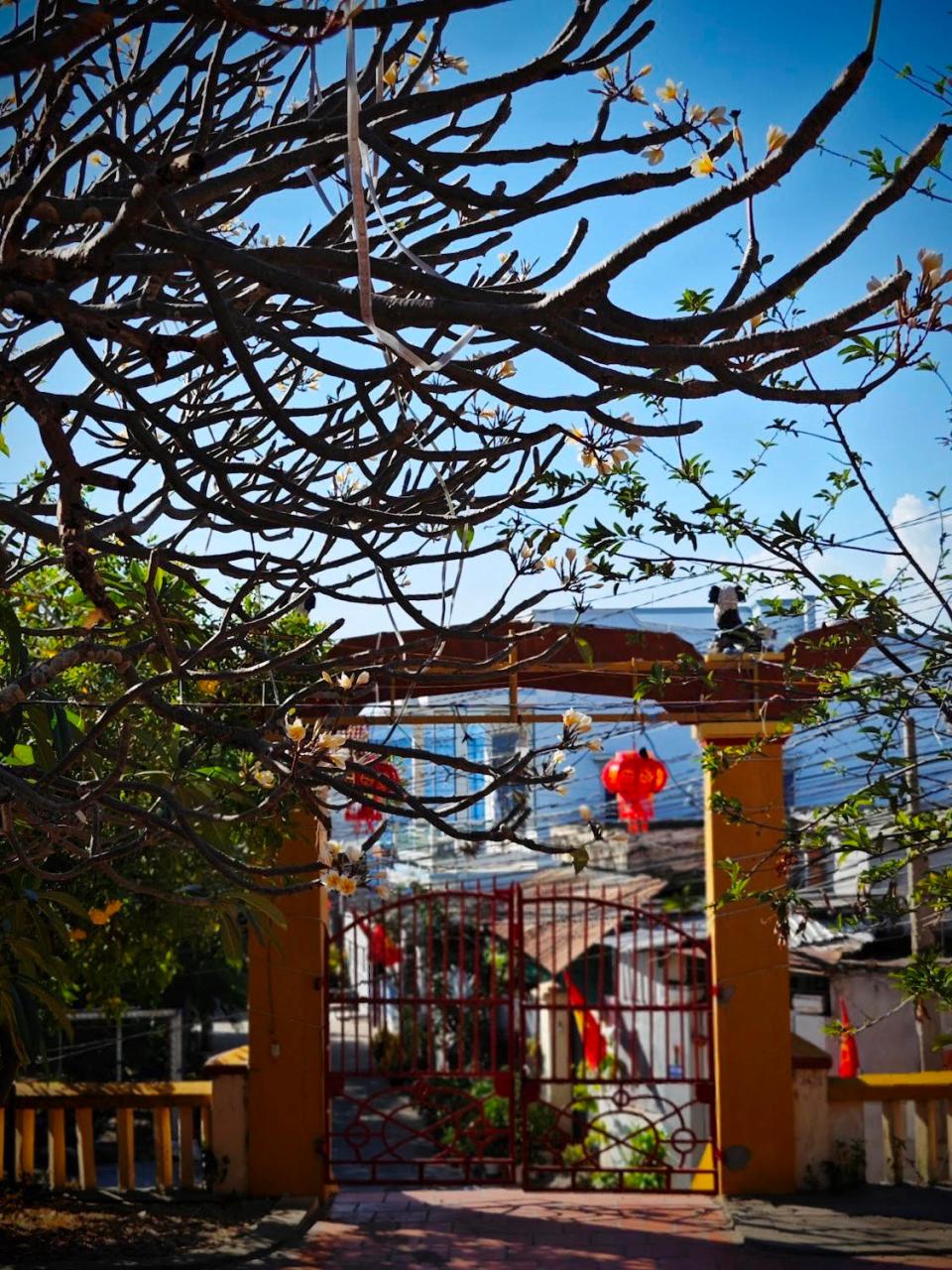
Promote the socialization of cultural, artistic, physical education and sports activities, build and develop cultural, artistic, physical education and sports clubs, entertainment and recreation to attract people to participate in activities and entertainment at the commune center as well as the village and neighborhood cultural houses. Create conditions for people to participate in creativity, enjoy culture, preserve and promote good traditional values, contribute to building a safe and healthy grassroots cultural environment...
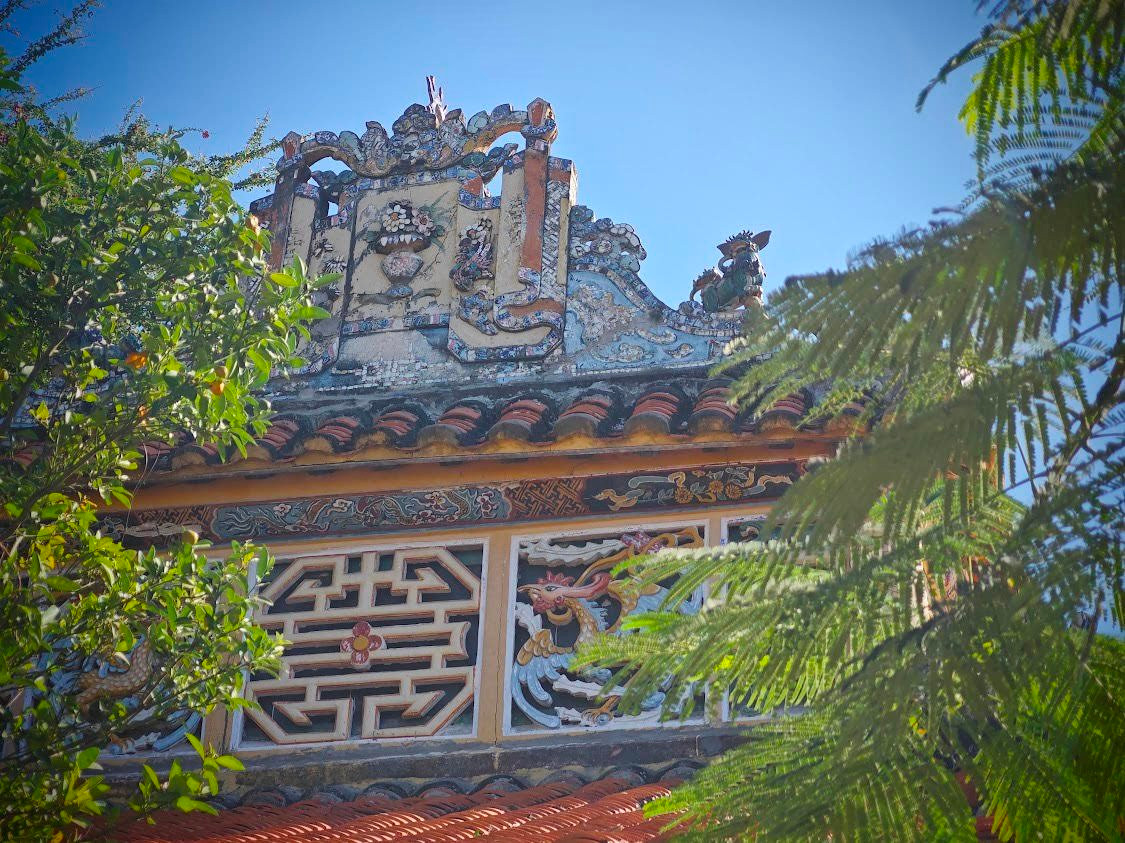
It is hoped that development and promotion go hand in hand with improving the effectiveness of grassroots cultural institutional systems, especially improving the effectiveness of cultural institutional systems in remote areas, ethnic minority areas; especially closely linking with campaigns and movements, bringing the activities of movements at cultural institutions into depth and substance, promoting the role of cultural institutional systems in developing rural culture, building new rural areas, and building civilized urban areas.
Source


![[Photo] Prime Minister Pham Minh Chinh chairs meeting to discuss tax solutions for Vietnam's import and export goods](https://vstatic.vietnam.vn/vietnam/resource/IMAGE/2025/4/10/19b9ed81ca2940b79fb8a0b9ccef539a)
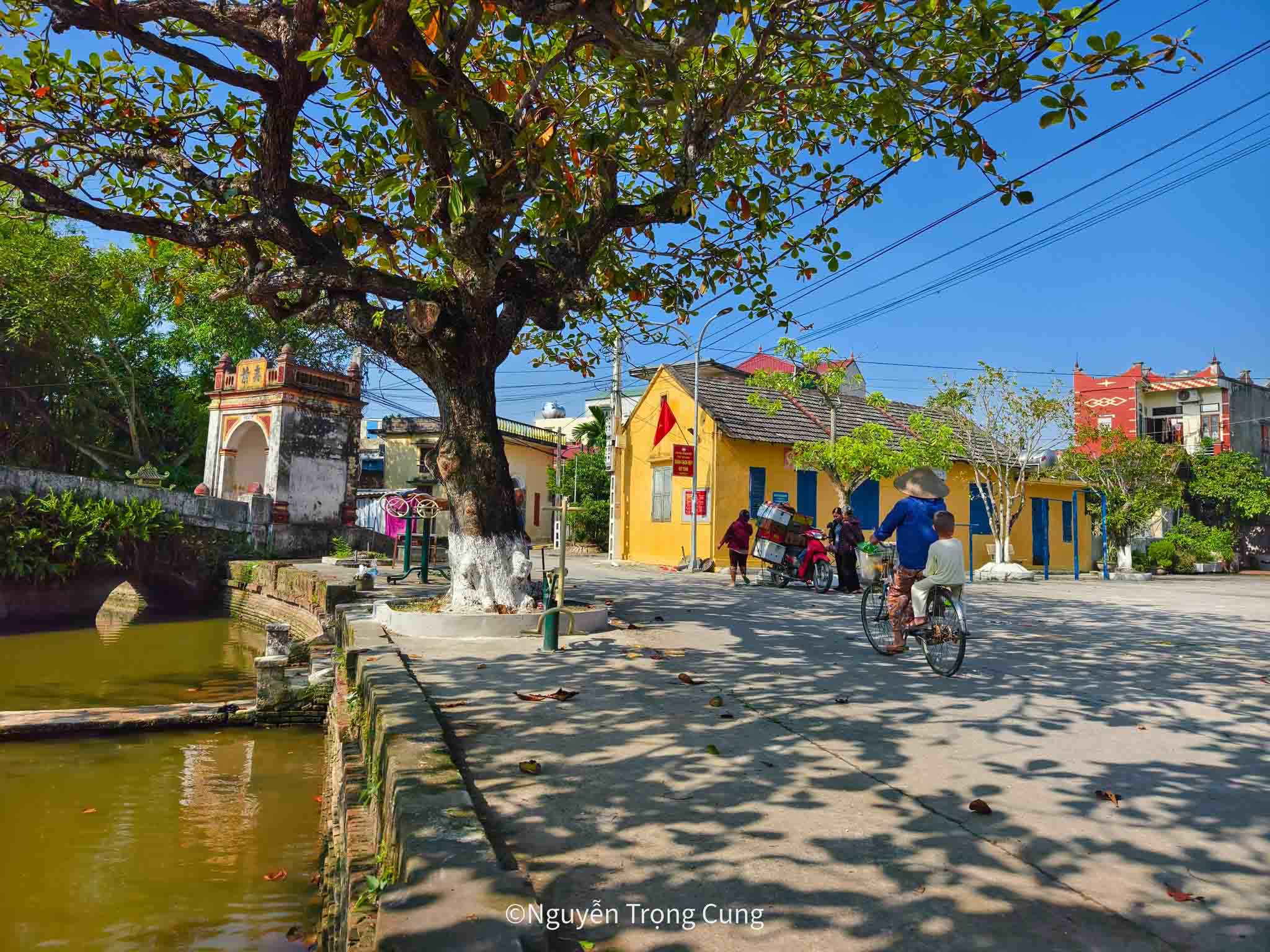
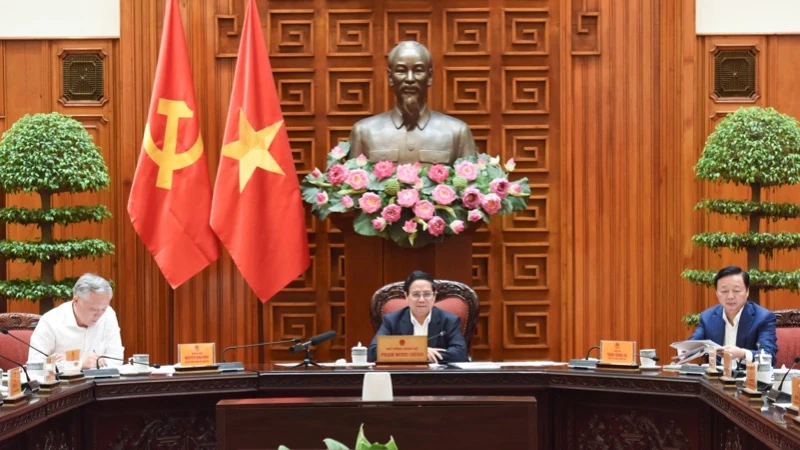
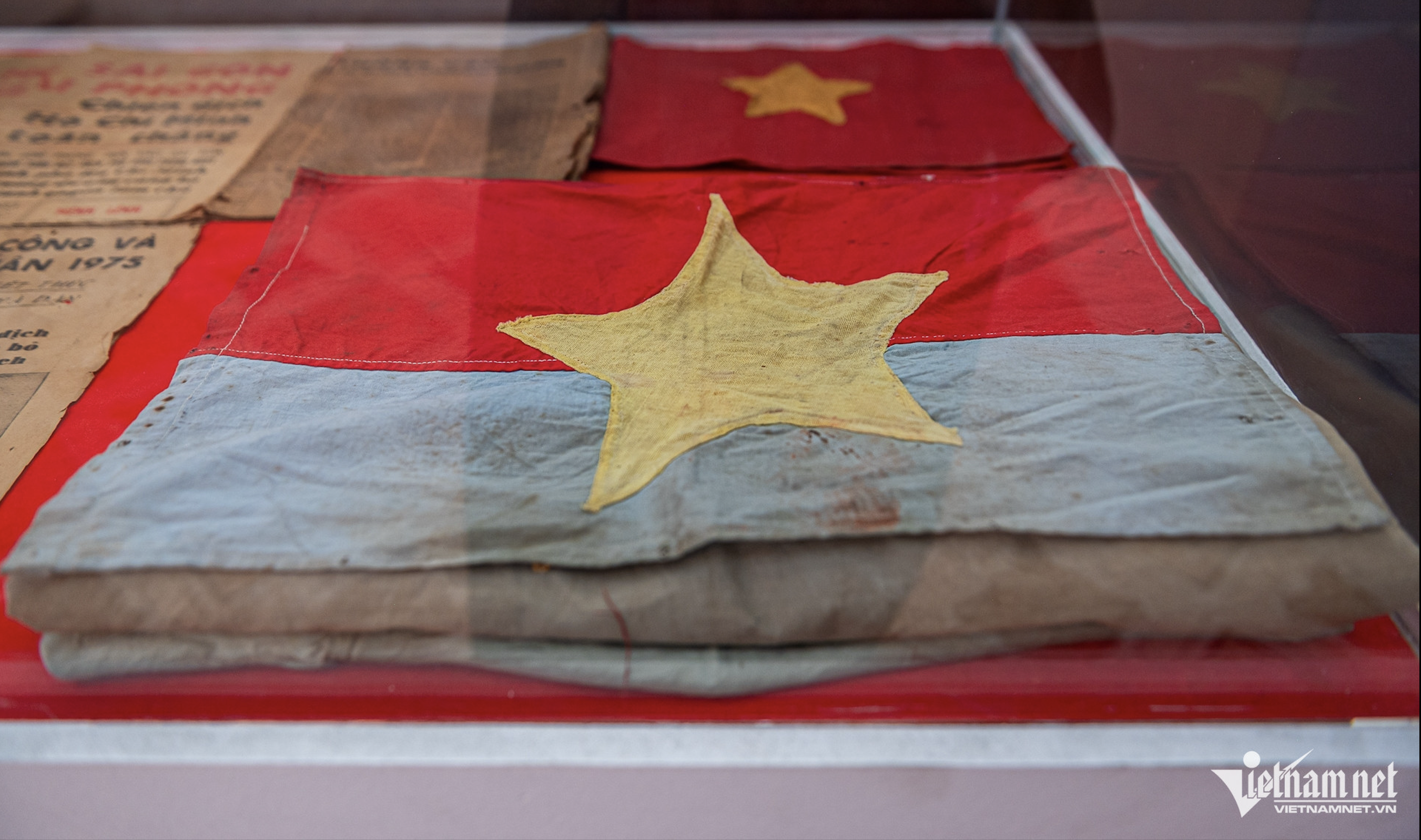

![[Photo] Phuc Tho mulberry season – Sweet fruit from green agriculture](https://vstatic.vietnam.vn/vietnam/resource/IMAGE/2025/4/10/1710a51d63c84a5a92de1b9b4caaf3e5)
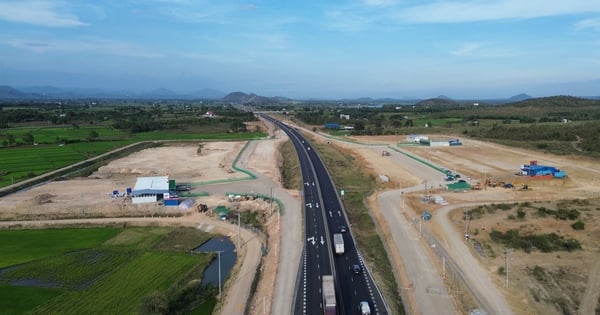

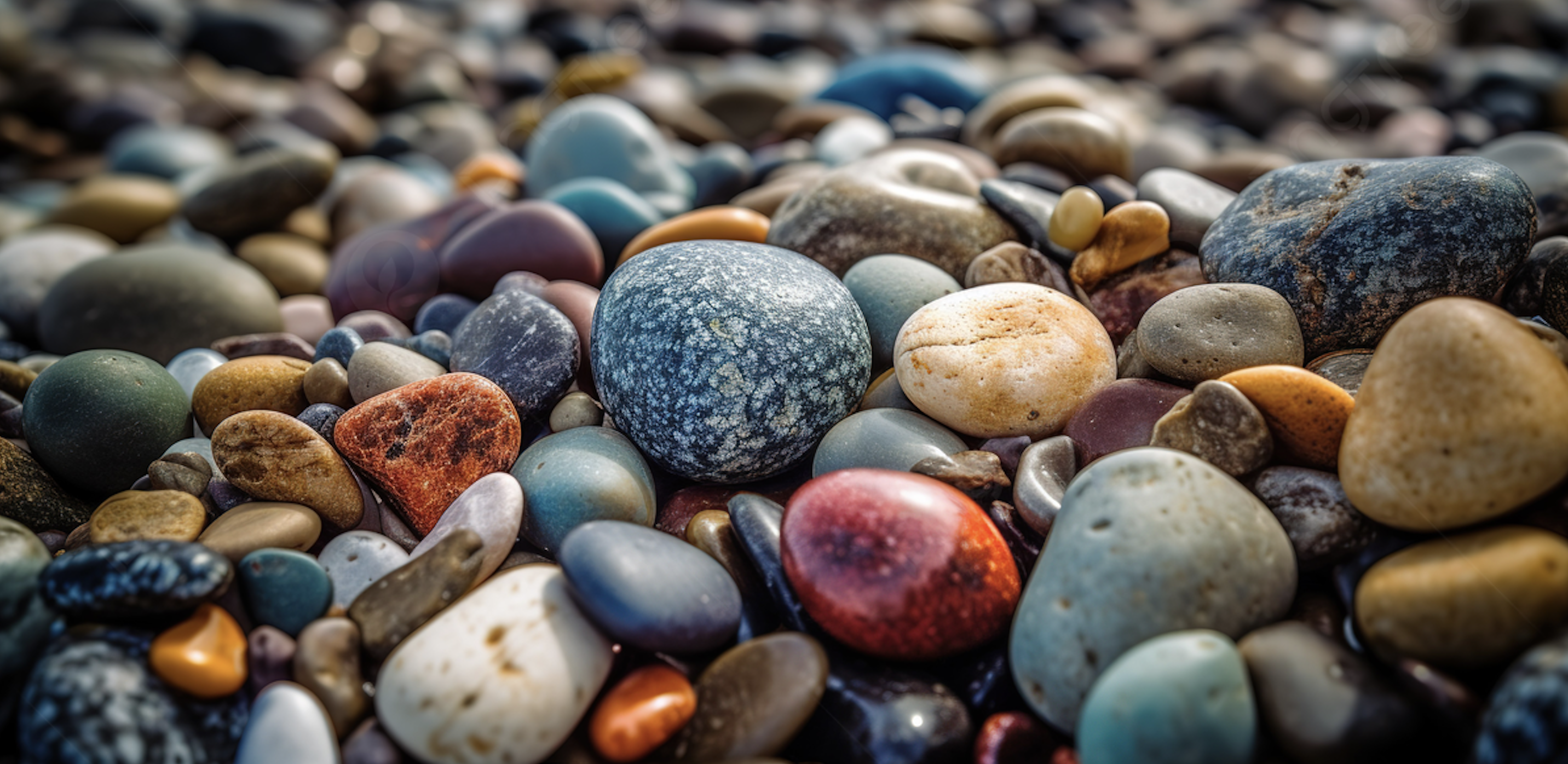

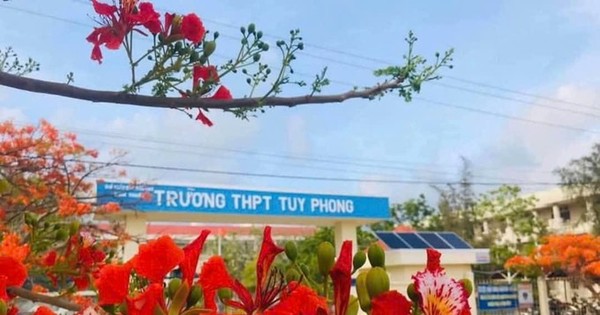

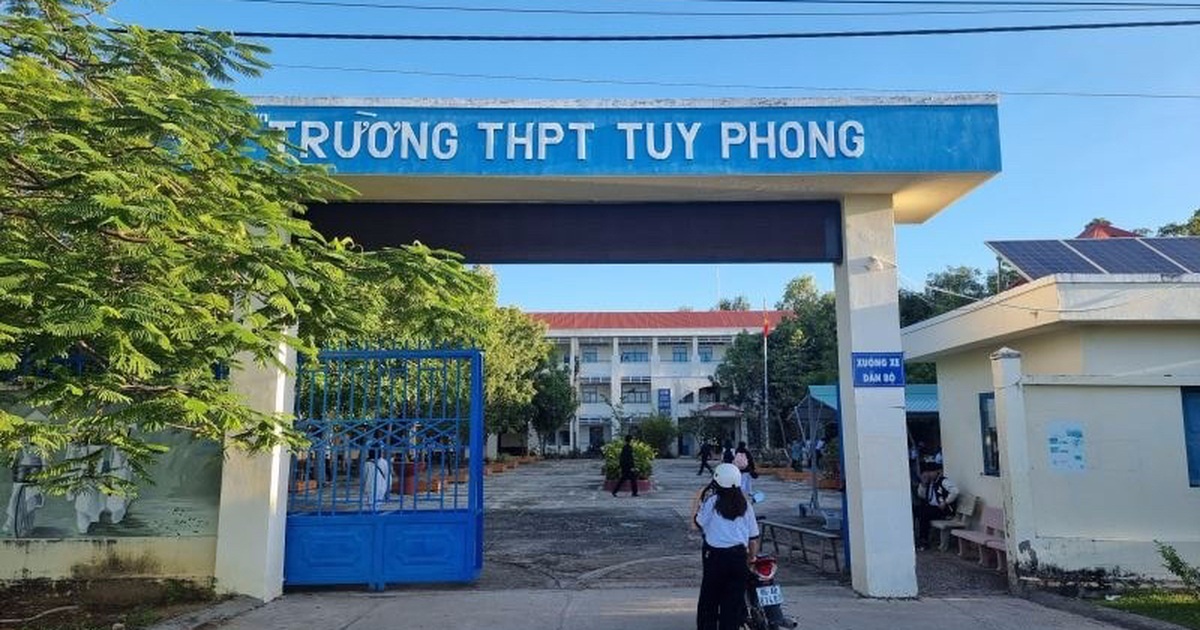


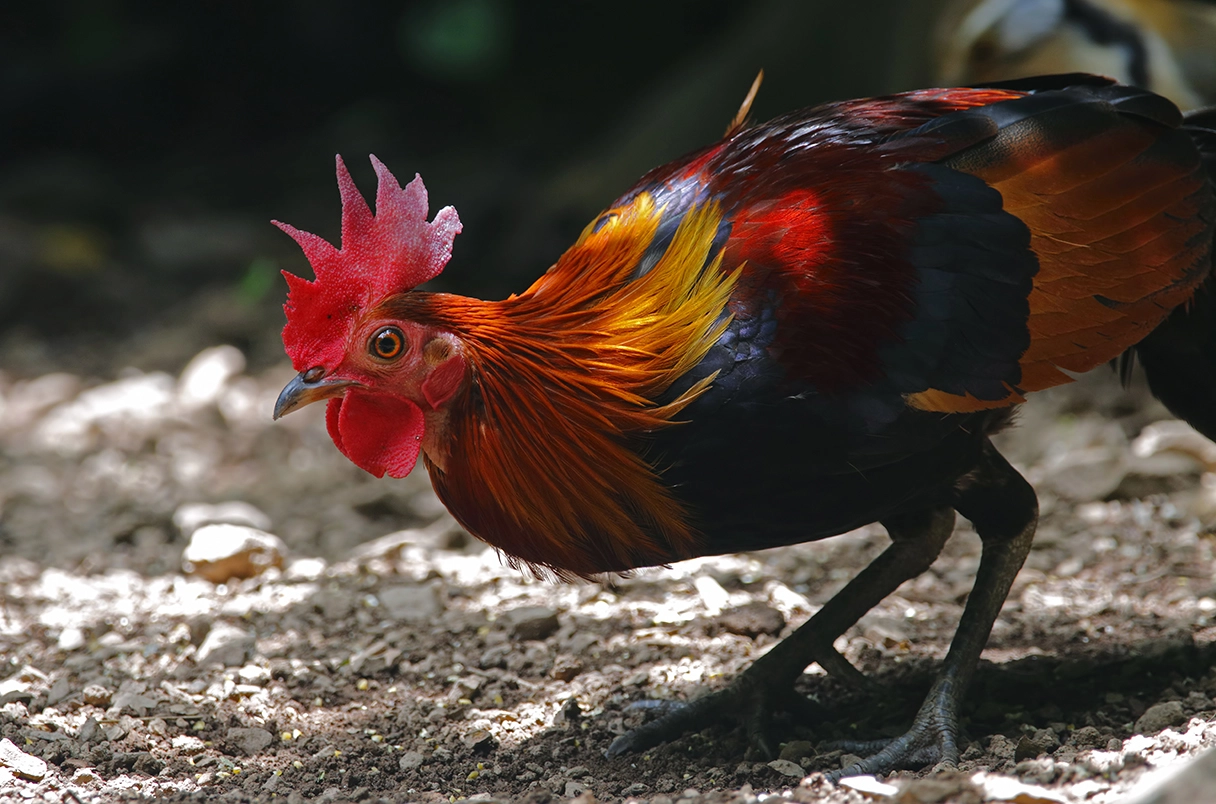

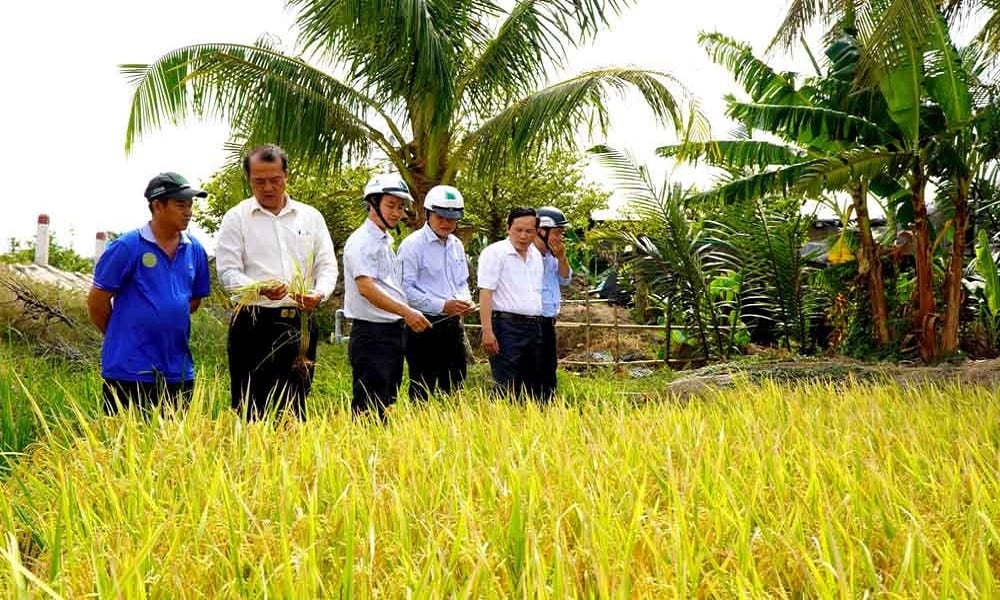
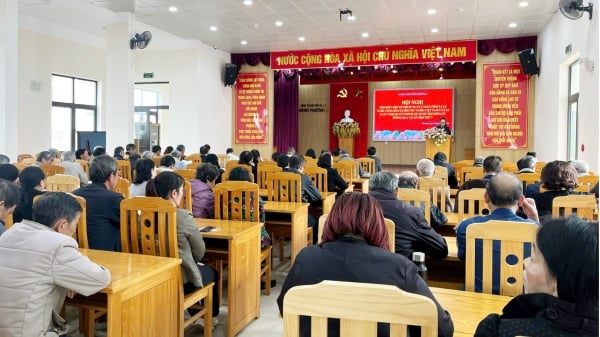

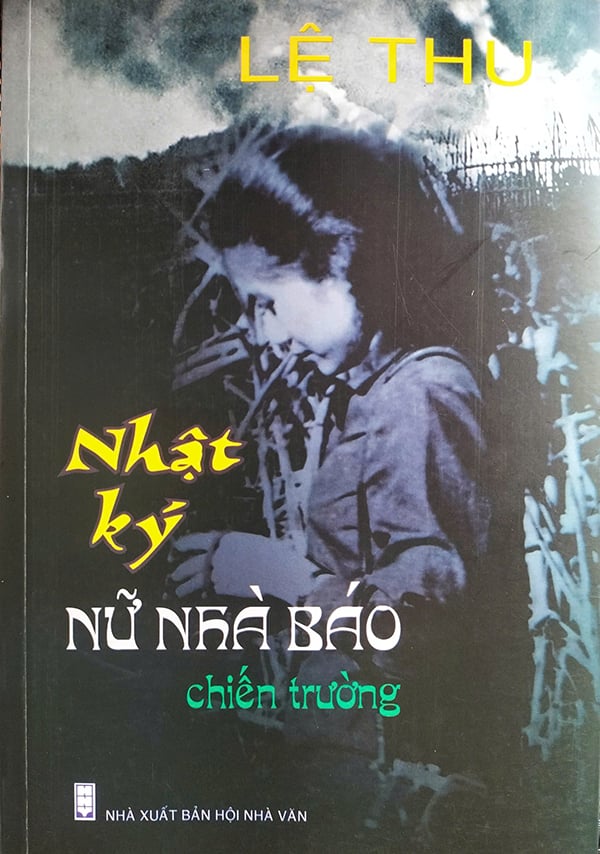
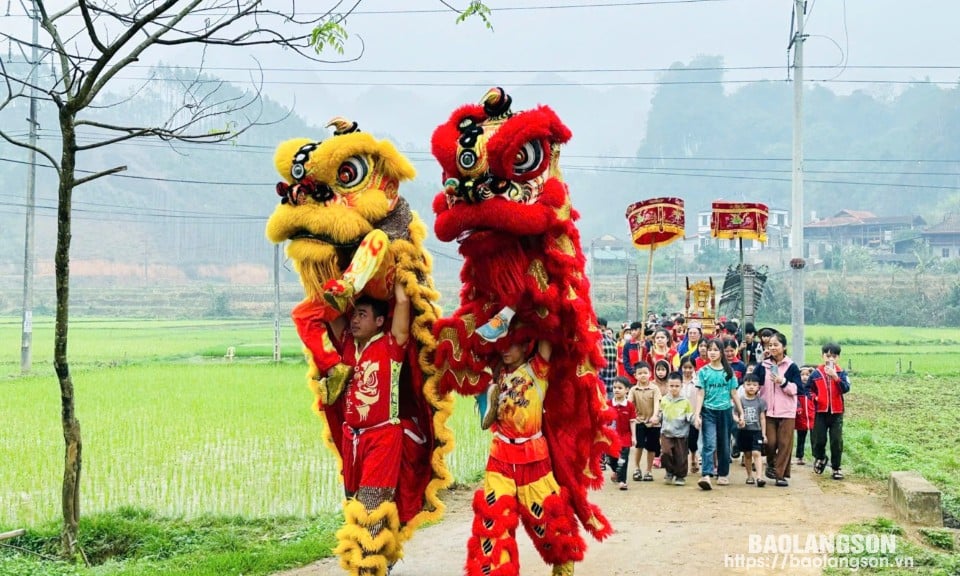
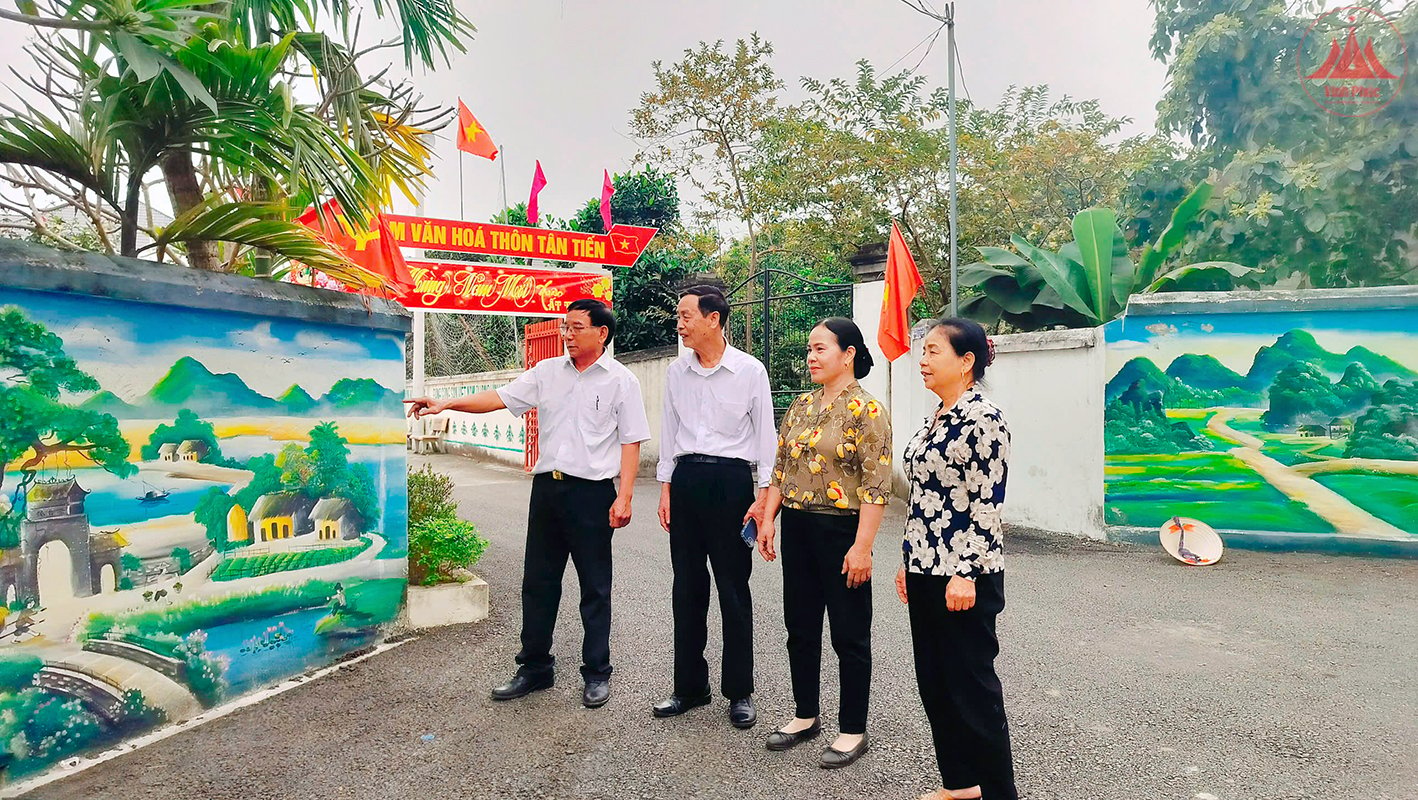




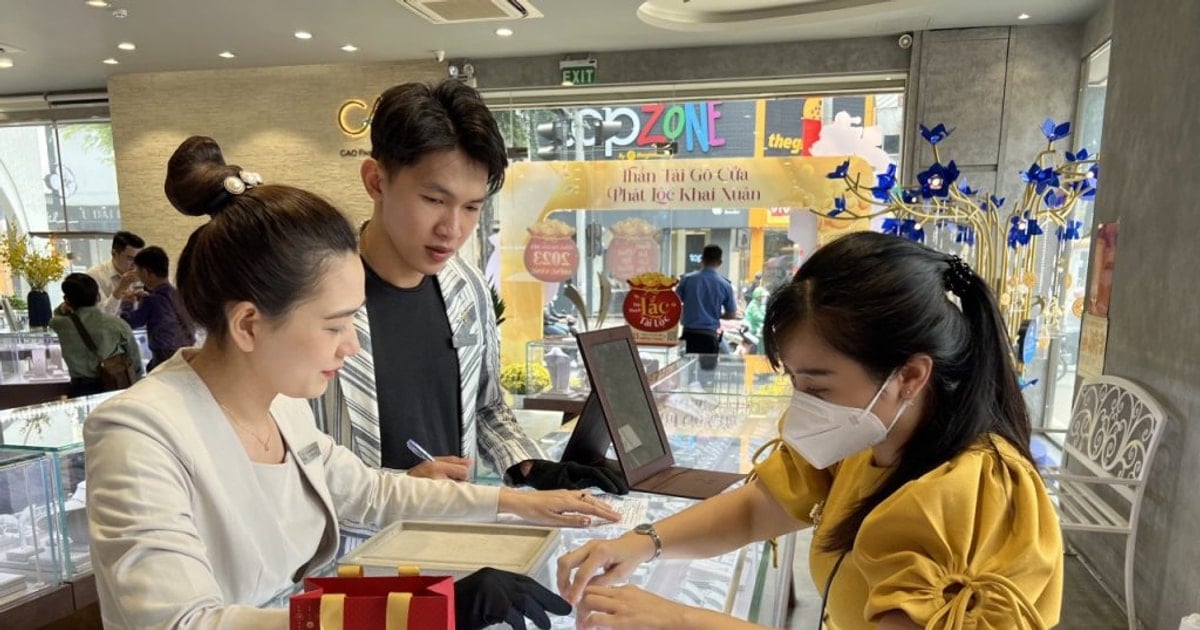
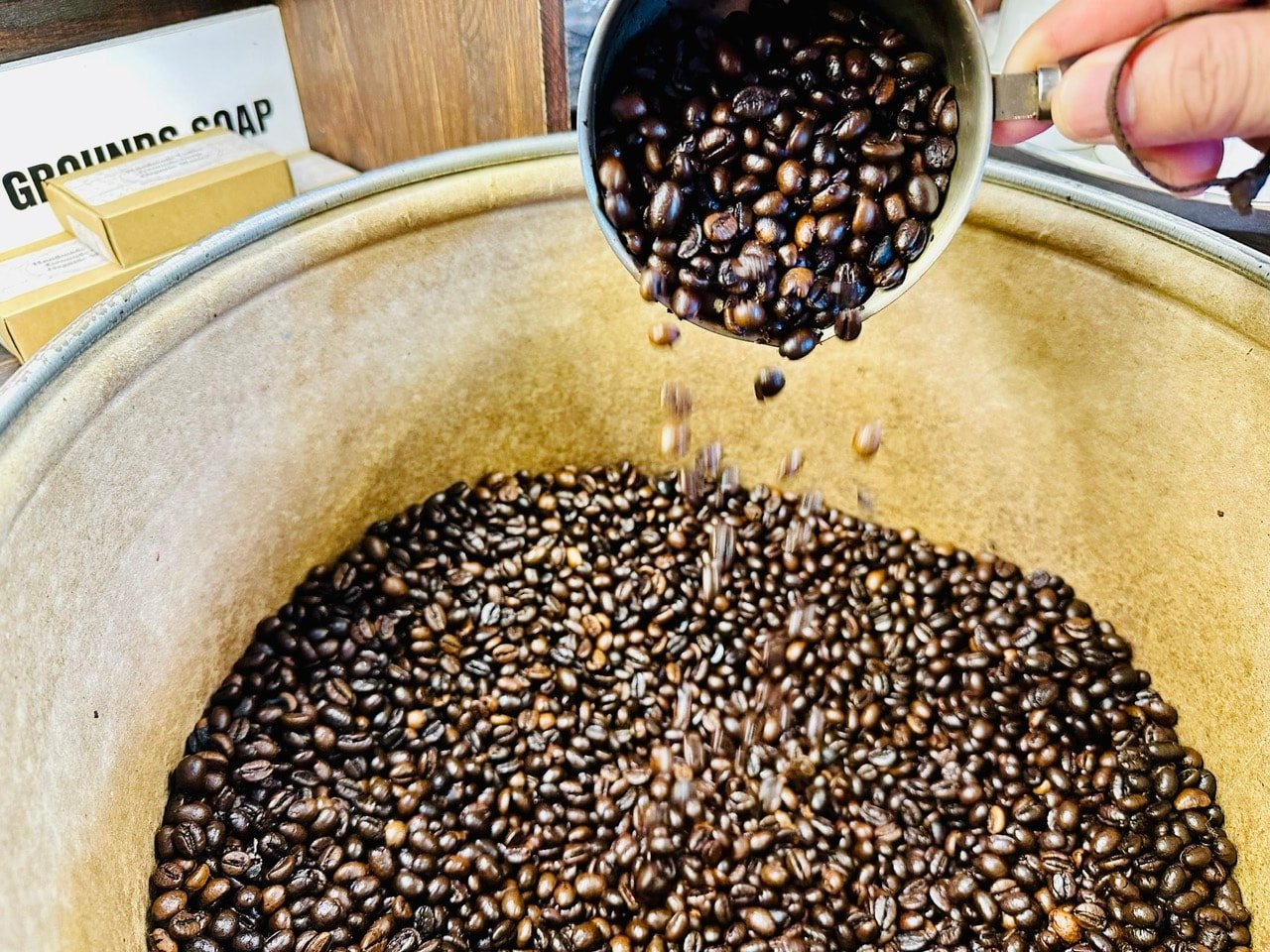
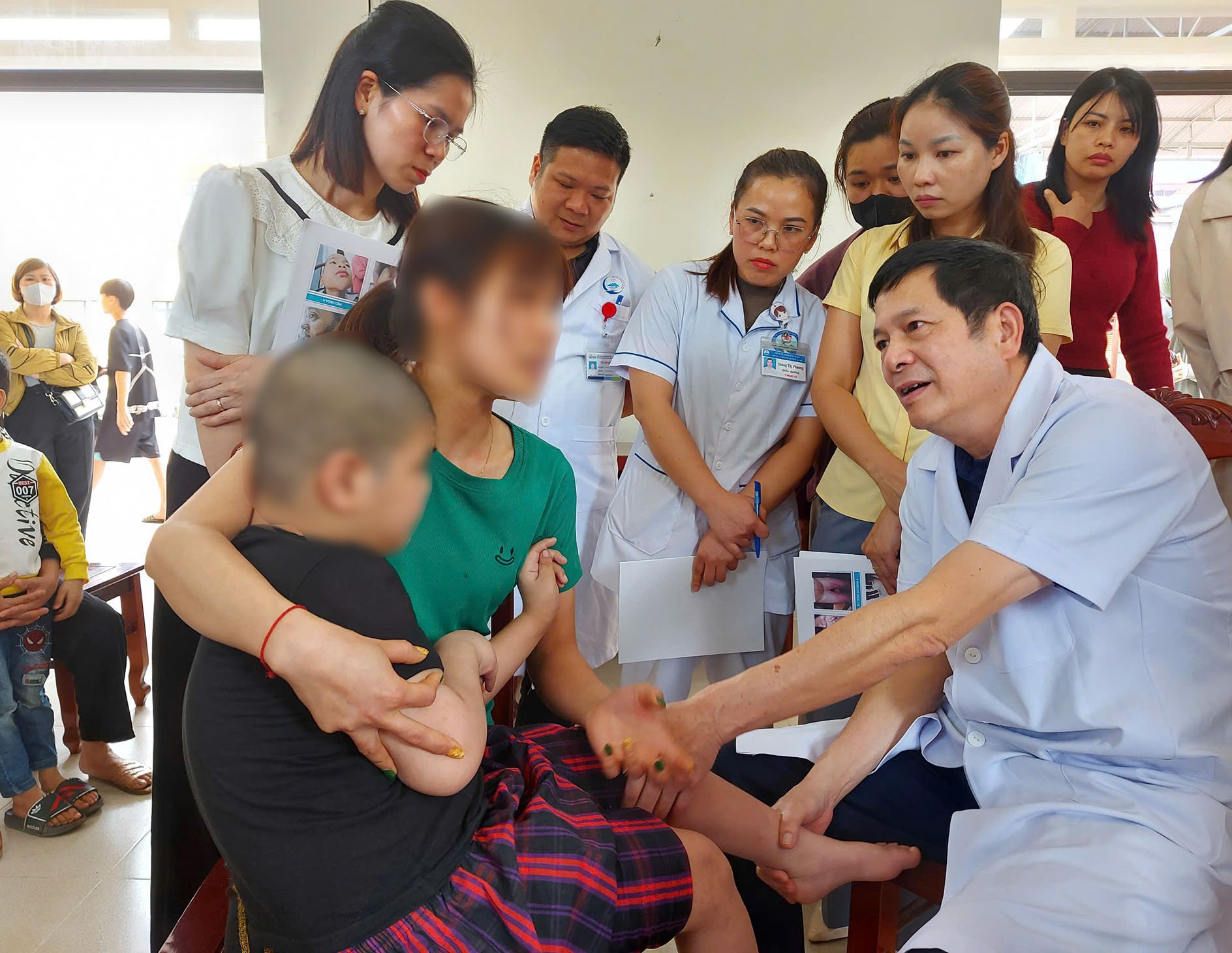
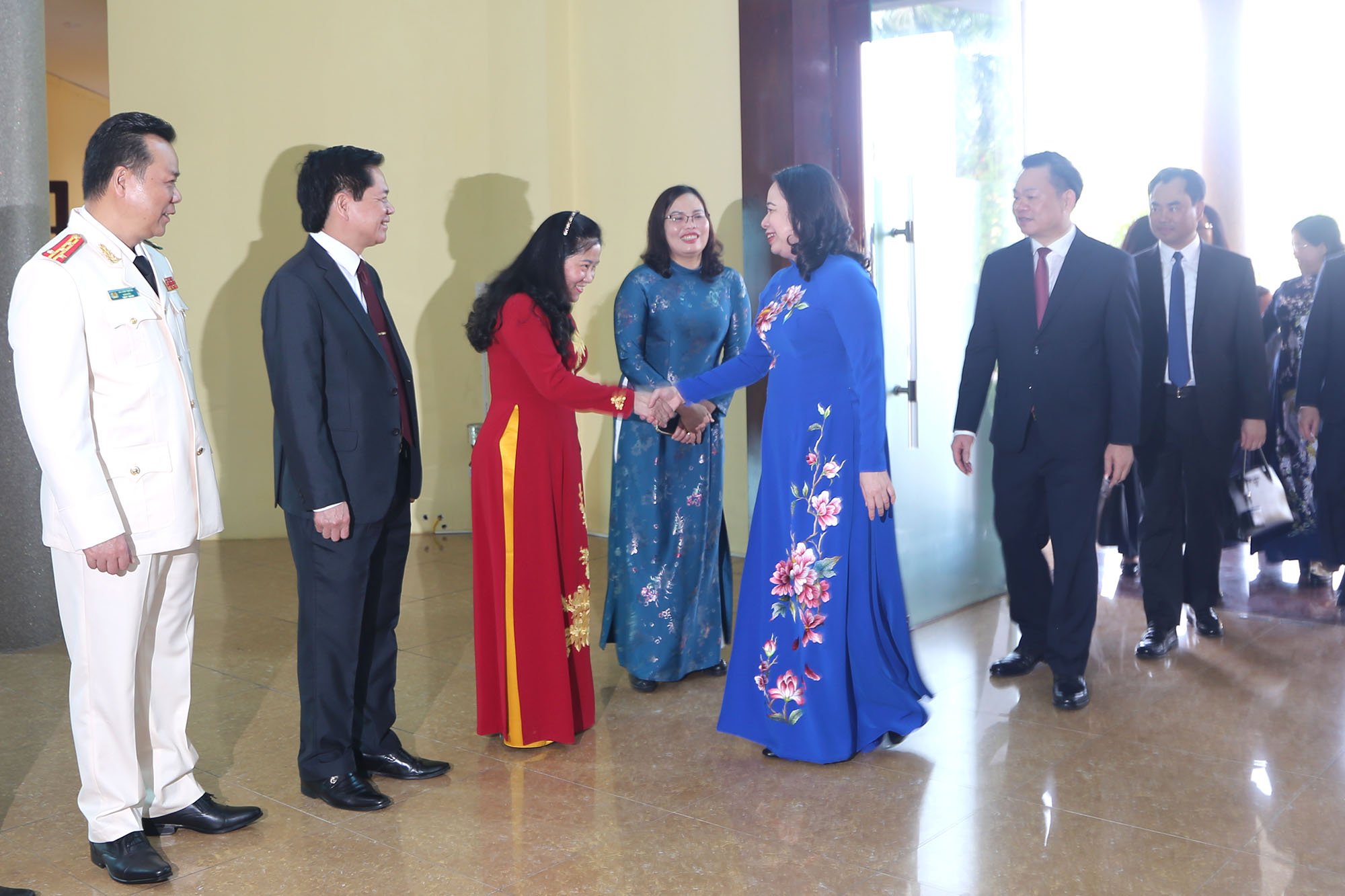
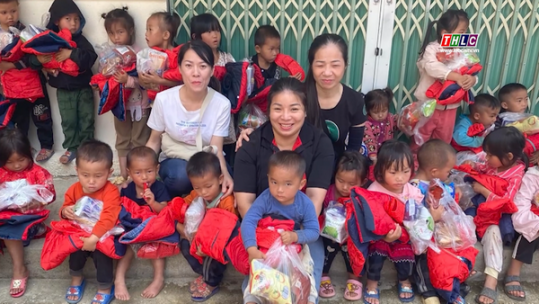
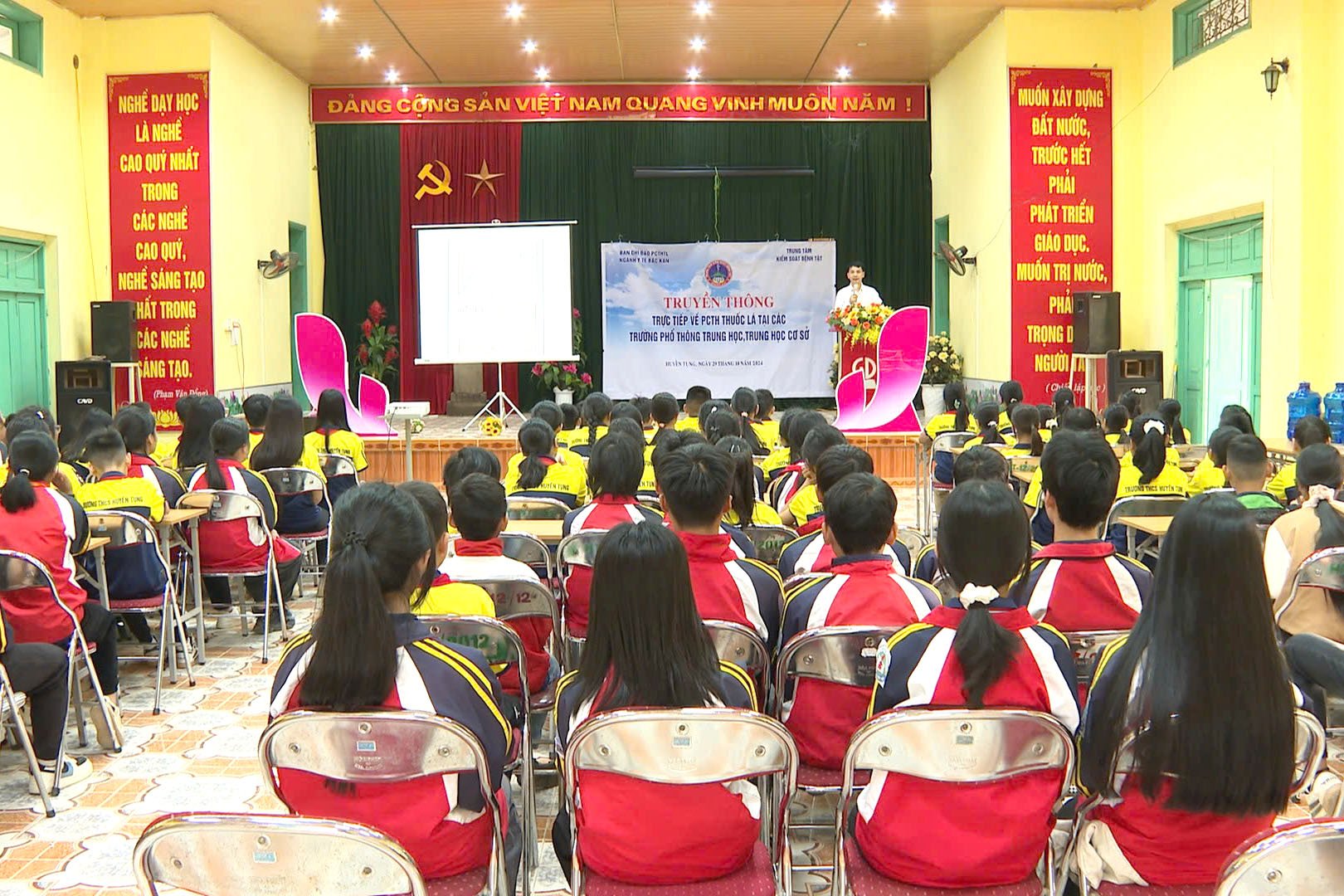
![[Photo] Unique folk games at Chuong Village Festival](https://vstatic.vietnam.vn/vietnam/resource/IMAGE/2025/4/10/cff805a06fdd443b9474c017f98075a4)




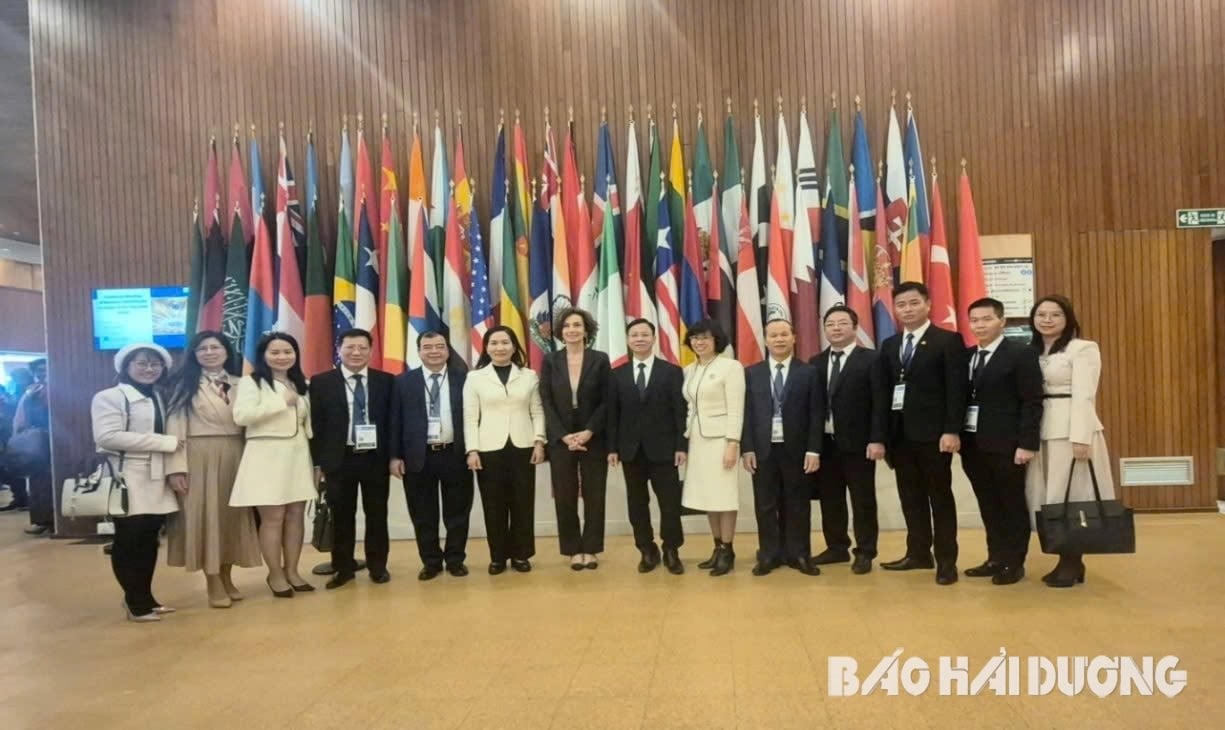









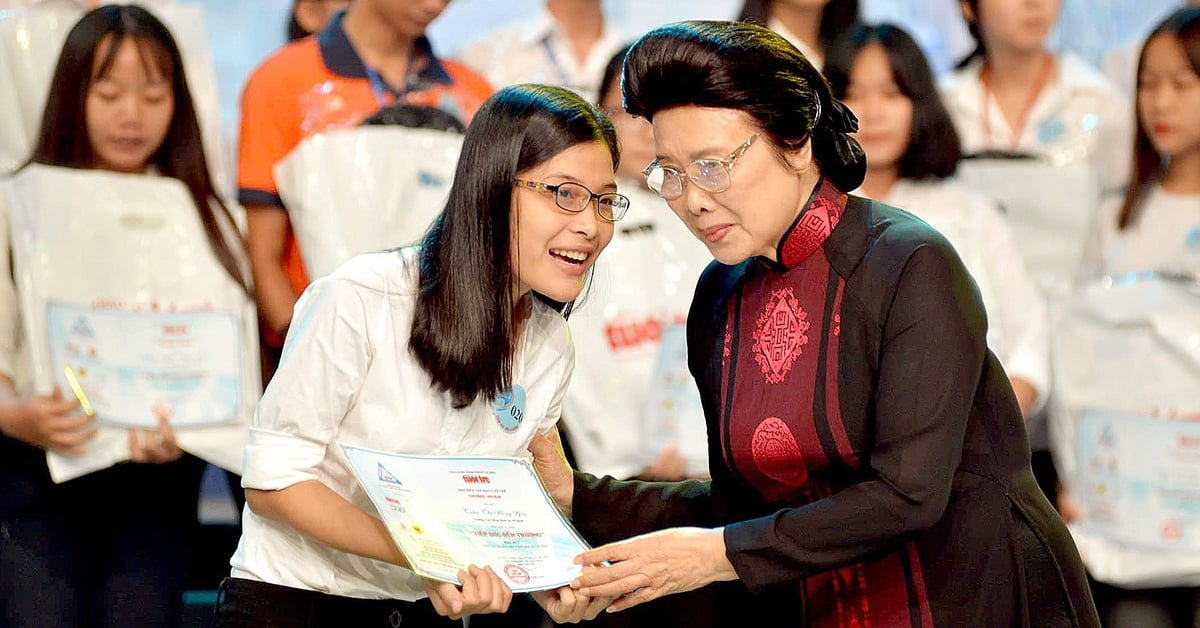






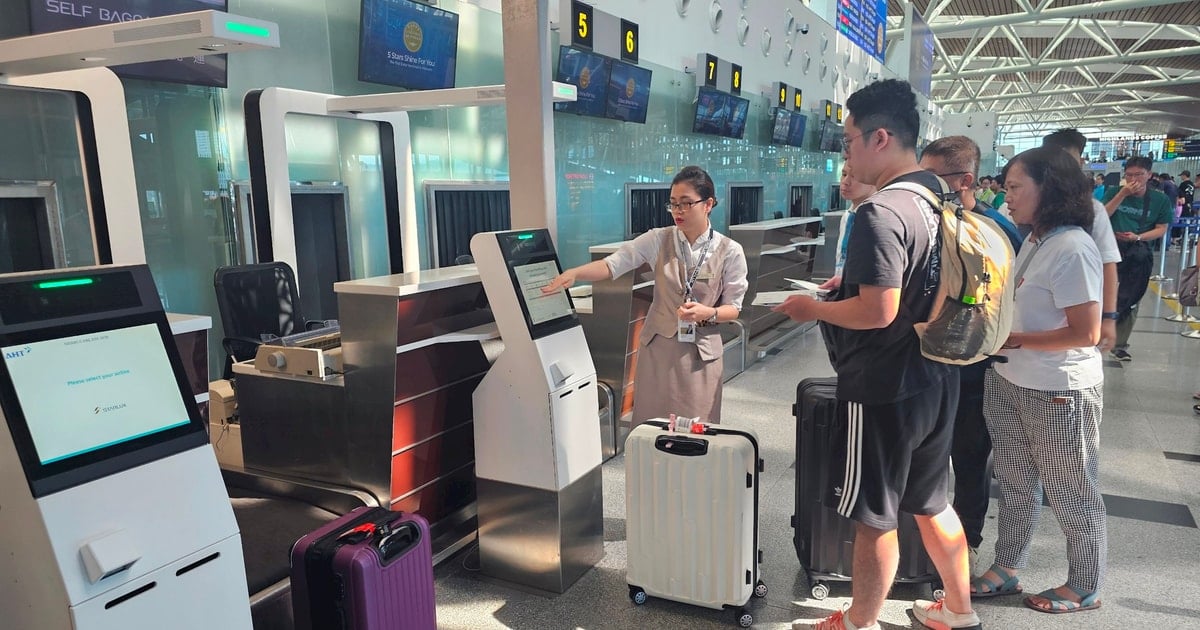


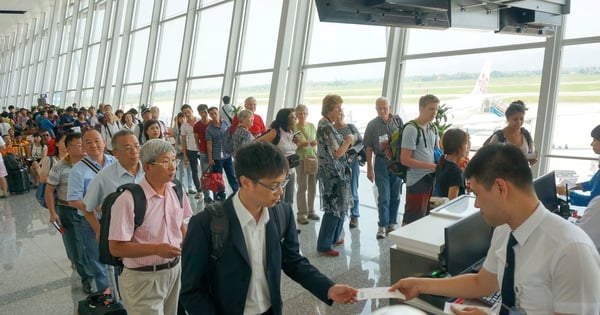


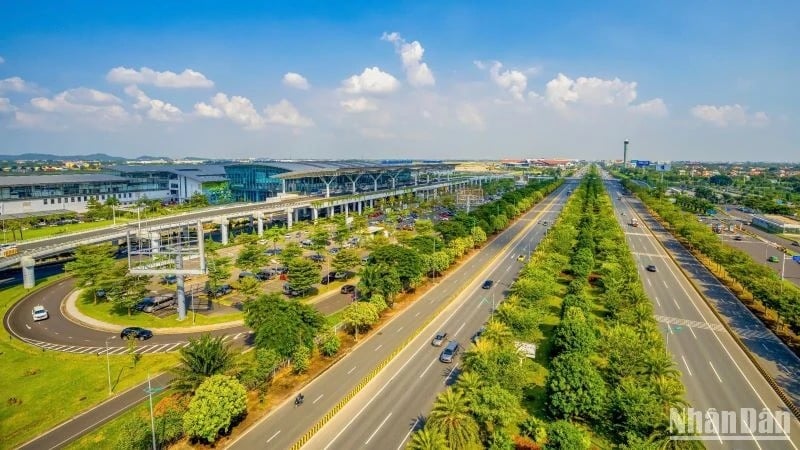



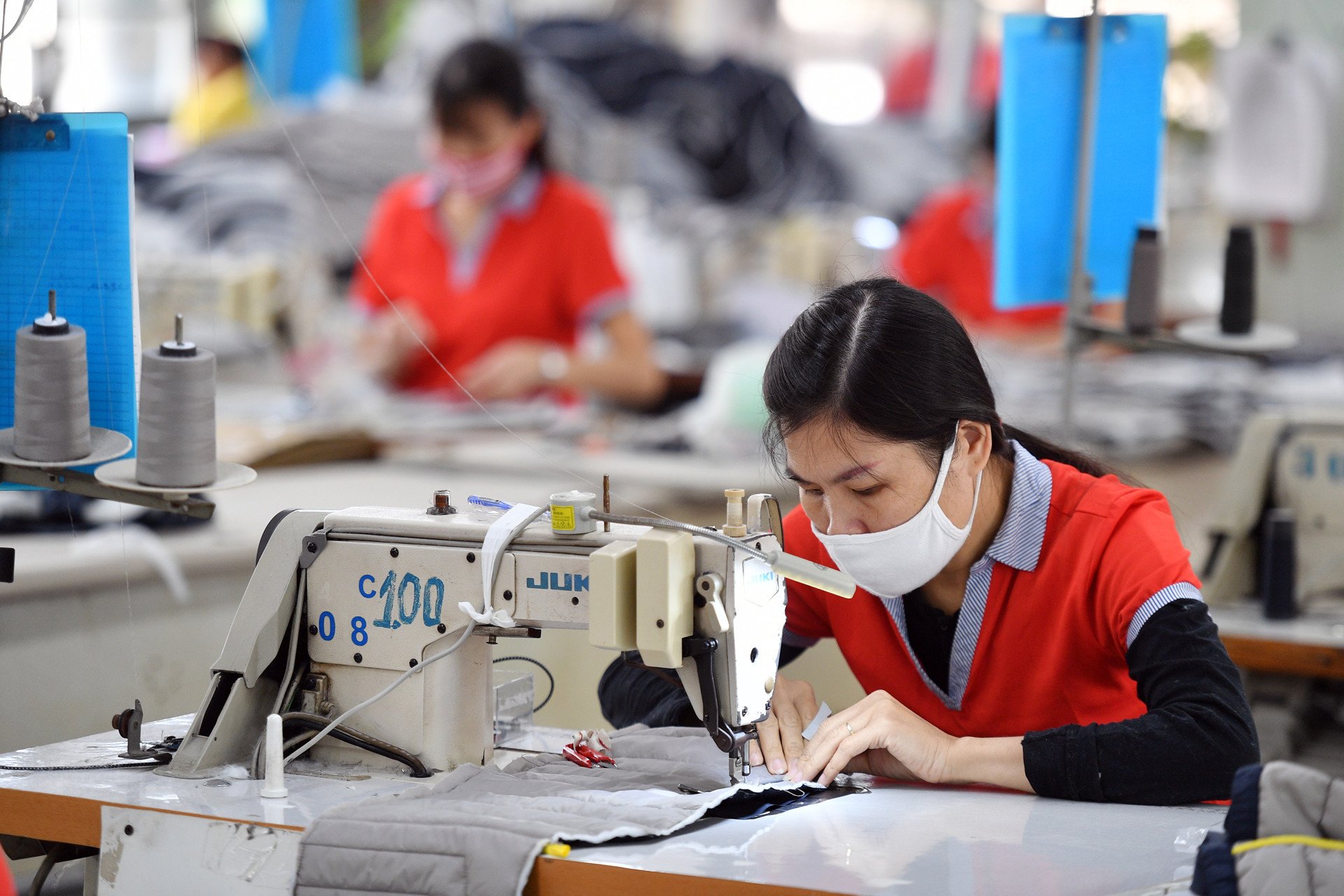

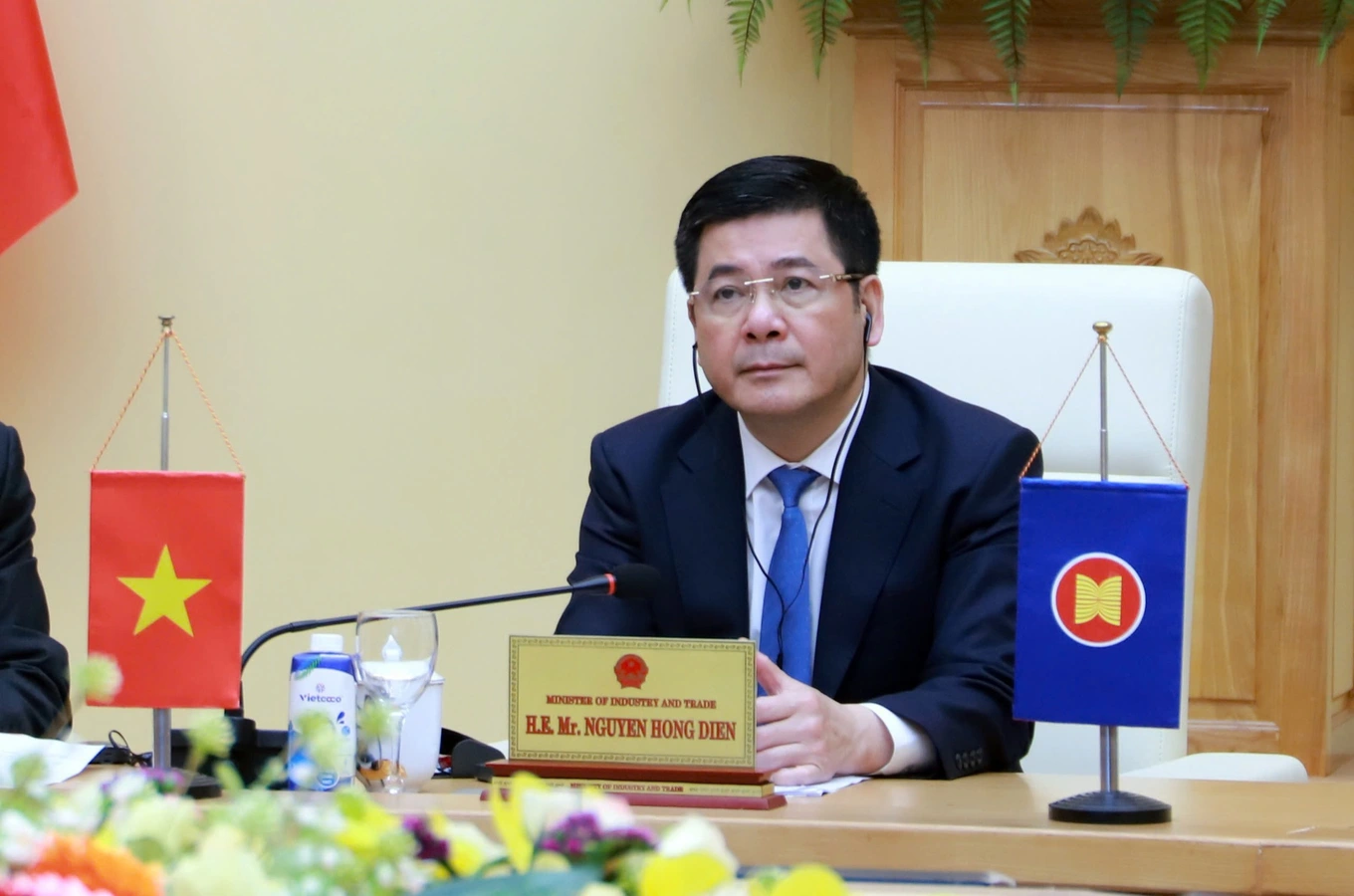
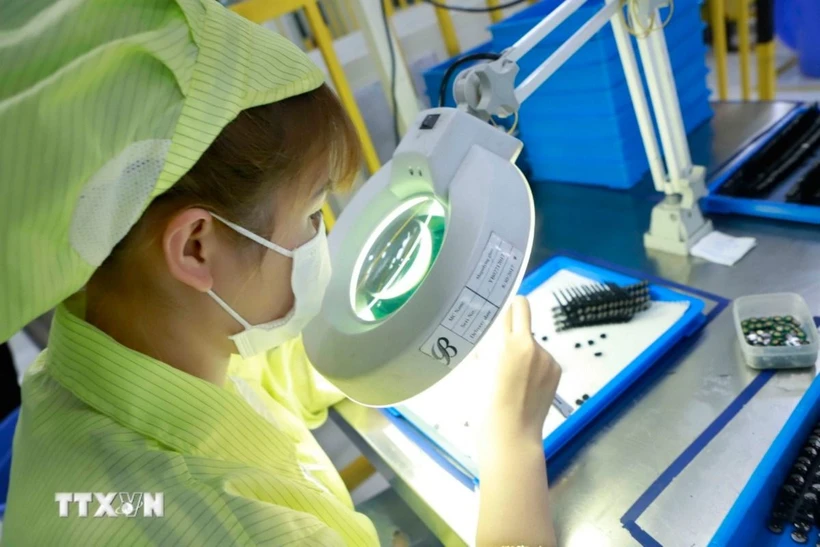



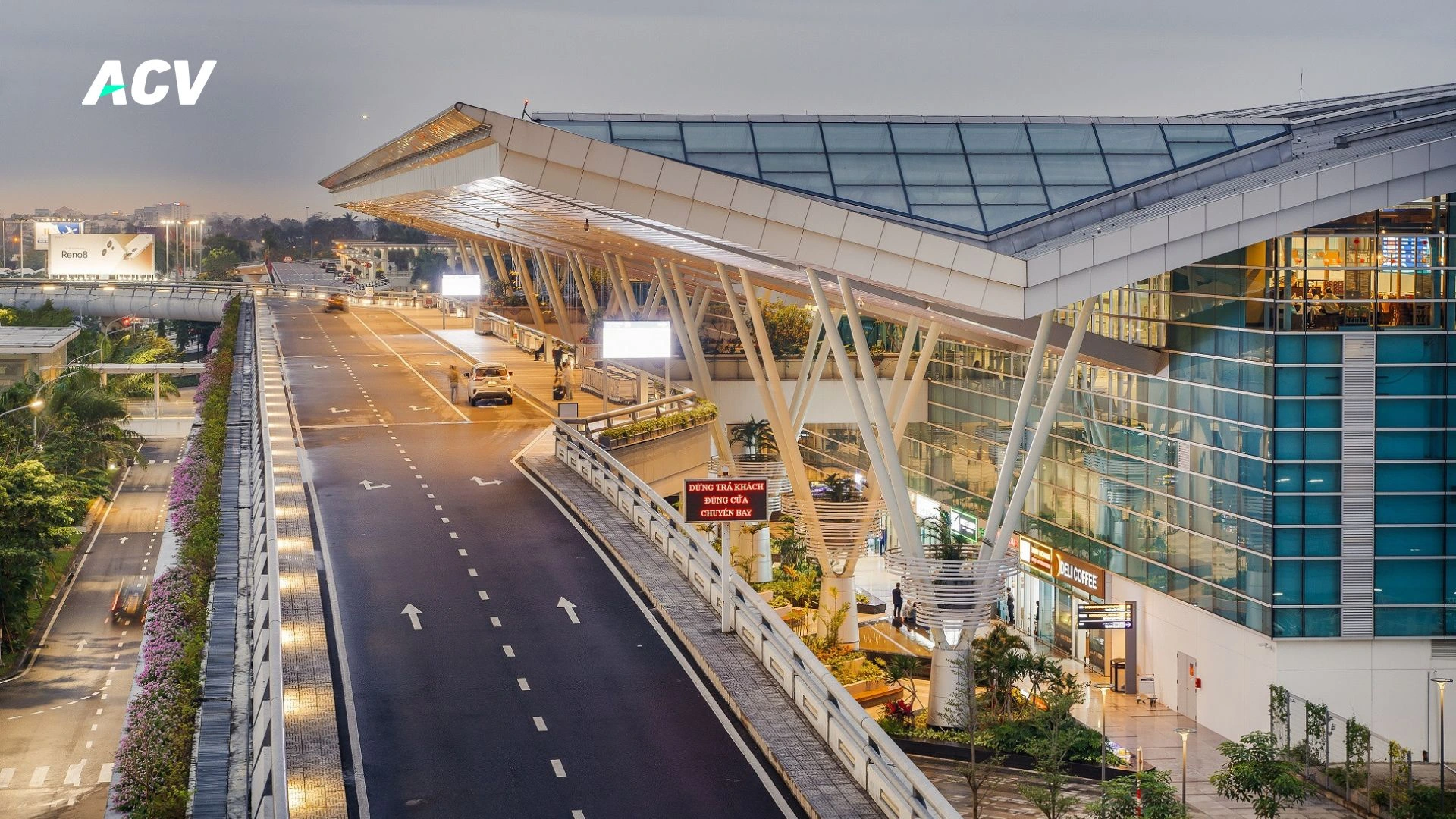
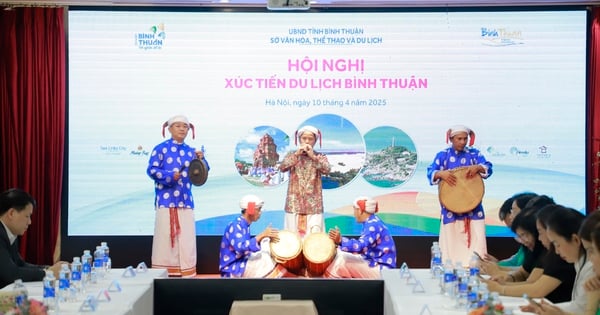


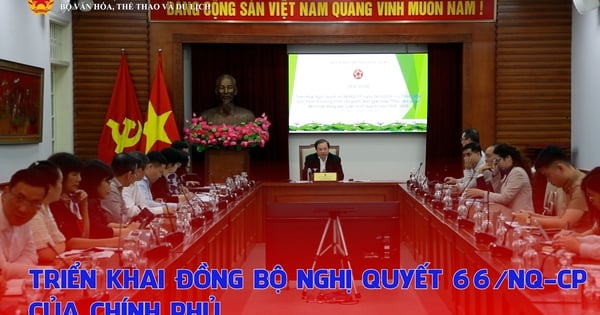

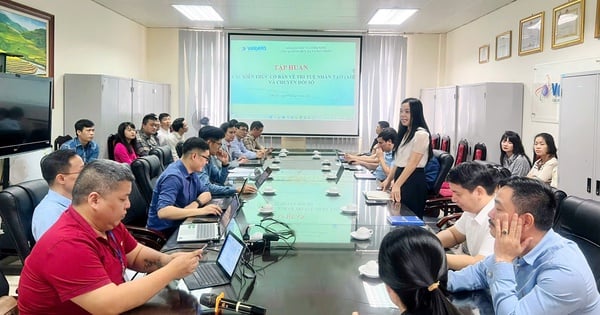

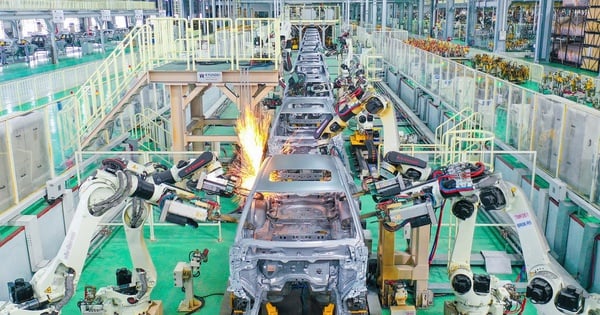
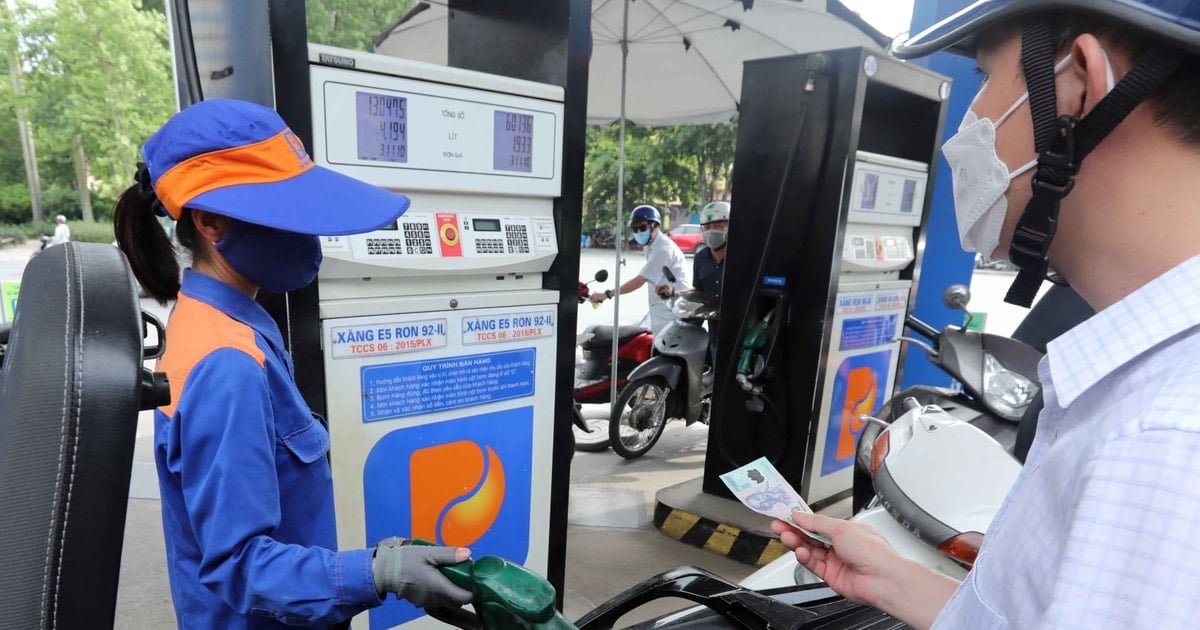



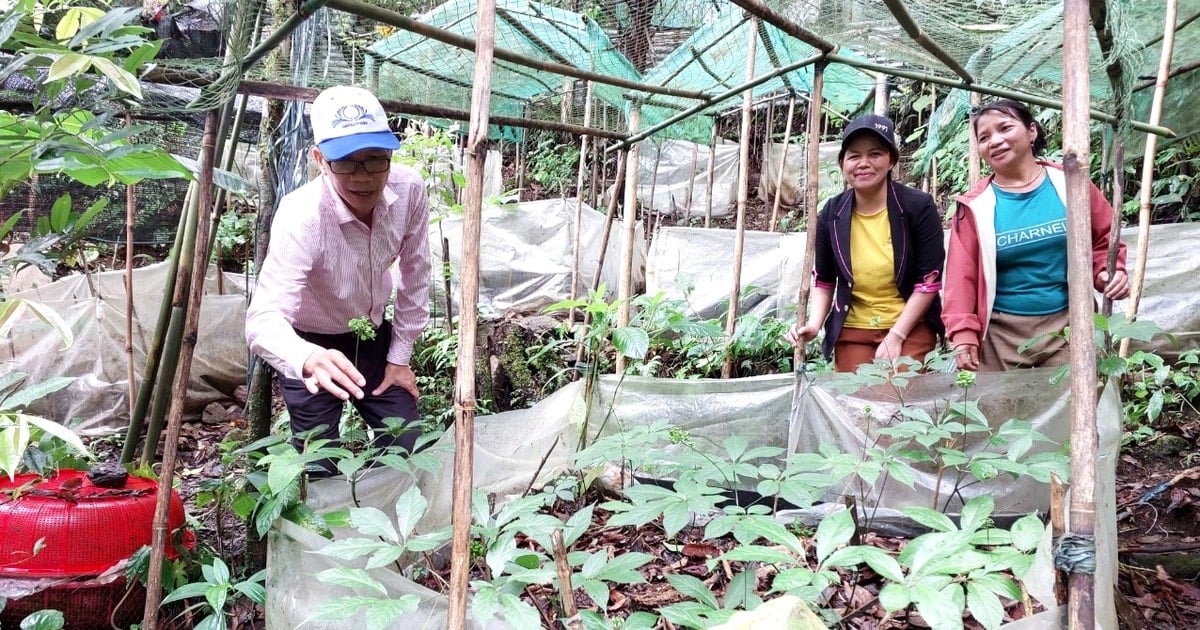

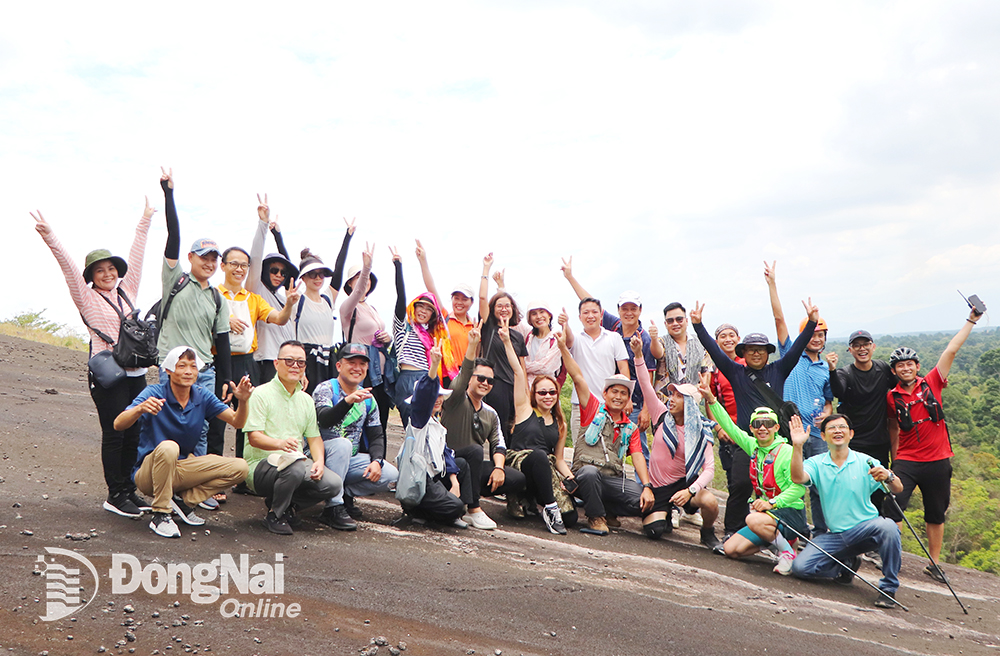



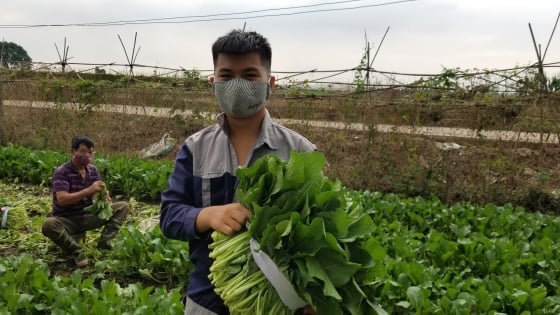
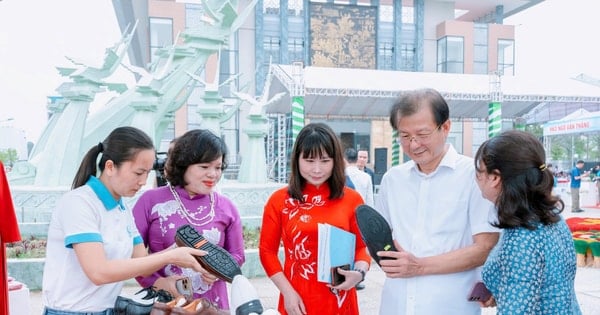


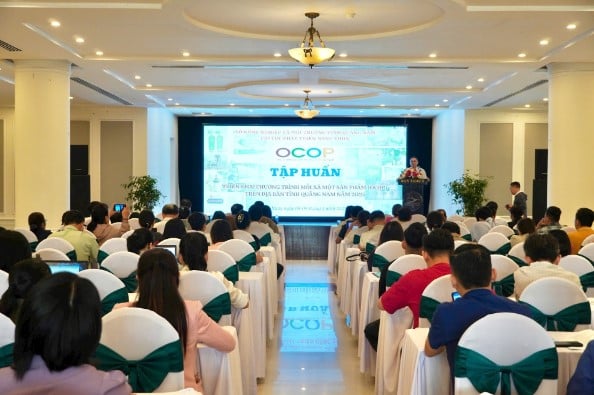
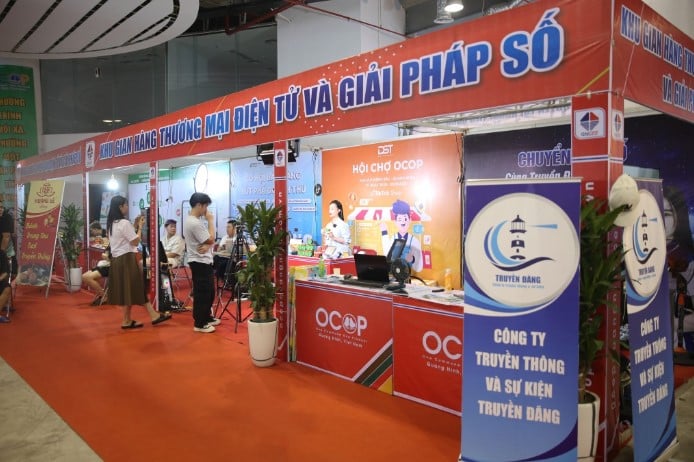
Comment (0)